Today we will first visit the 5th Medieval City of Delhi. So let's know about the brief history of the 5th medieval city
Firuz Shah Tughlaq:
After Muhammad bin Tughluq (the founder of 4th medieval city) died on 20 March 1351, a parallel relative, Mahmud bin Muhammad, ruled for 3 days. Thereafter, Muhammad bin Tughlaq's nephew Firuz Shah Tughlaq succeeded him on 23 March 1351 and ascended the throne. His rule lasted for 37 years until his death on 20 September 1388. He built his own city called 'Firozabad' and built his fort in it.After the death of Firuz Shah Tughluq on 20 September 1388, many rulers of the Tughluq dynasty ruled. As Ghiyath-ud-din Tughluq Shah II (20 September 1388 – 14 March 1389), Abu Bakr Shah Tughluq (15 March 1389 – August 1390), Muhammad Shah III (31 August 1390 – 20 January 1394), Humayun Khan (22 January 1394 – 8 March 1394), Mahmud Shah Tughluq (March 1394 – February 1413), Nusrat Shah Tughluq (January 1394 – 1398/99). Then again Mahmud Shah Tughluq (1398/99 – February 1413).
Today our starting point is Delhi Gate Metro station (violet line). So start early in the morning.
Khuni Darwaza
Historical Gate
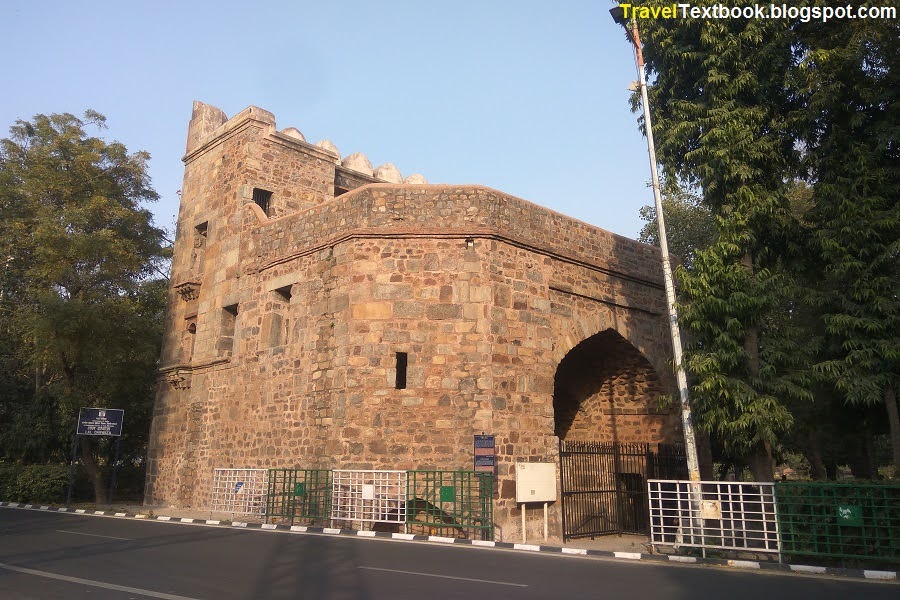
Also known as Lal Darwaza, and was also earlier called Kabuli Darwaza. It was built by Sher Shah Suri, founder of 6th Medieval city (reign: 1537 – 22 May 1545).
A few stories also mention a place called Khuni Darwaza during Mughal rule but there is no mention of this name before 1857.
The gate is 15.5 meters high and built of stone. Three staircases lead to three different levels of the gate. It is now closed for security reason. But you can see it from outside.


Visiting Time: It is located on the middle of the road. So open 24 hours.
Entry Fee: Free.
Photography: Allowed.
How to go: It is located about 460 meters from Delhi Metro Station towards south. You can see the gate on the middle of the road. West side of gate is Maulana Azad Medical College.
Feroz Shah Kotla Fort
Fort
Feroz Shah Tughlaq (reigned 1351–1388), Sultan of Delhi, founded the fortified city of Firozabad in 1354 as Delhi's new capital, including the site of the present Firoz Shah Kotla. Later, many of the surrounding structures and buildings were destroyed as later rulers demolished them and reused as building materials.Only a few structures can still be seen. They are Step-well, Ashokan Pillar and Jame Mosque.
The fort is crowded every Thursday. It is believed that the jinns descend from heaven to the fort and receive the requests and wishes of the people. Many greetings, written on paper, can be seen on the walls of the premises.
Entering through the western entrance, I saw a walkway in the middle flanked by ruined palaces.


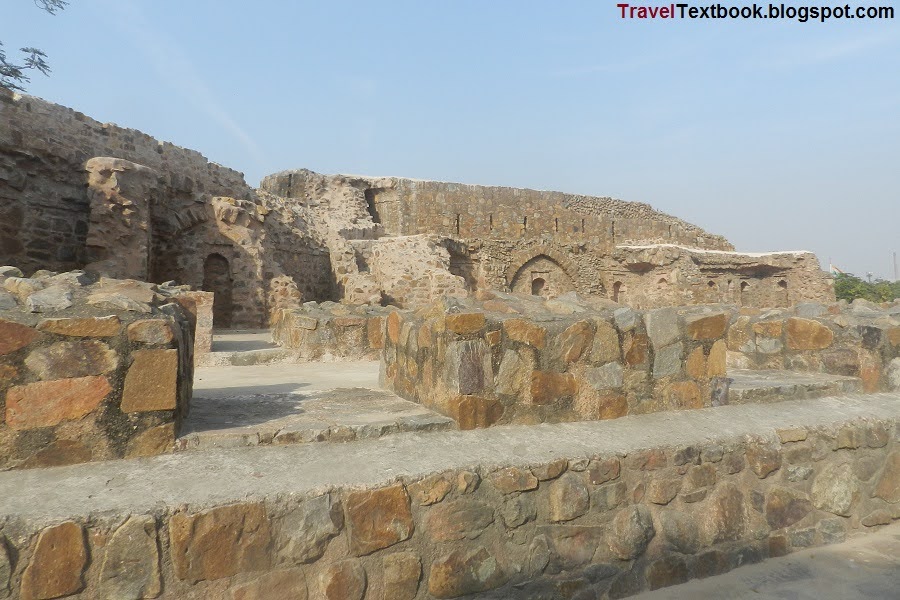
I walked to the end of the road near the front wall and looked around again.

Then I turned to the left (north) and walked.
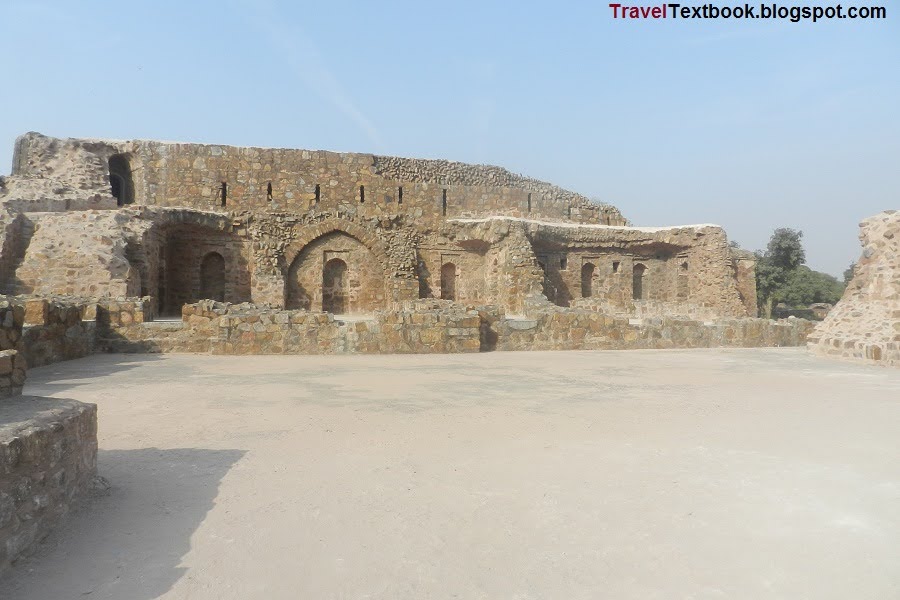
Then I turned to the right (east) and walked.

I stopped near the blue signboard.

I saw the right side.
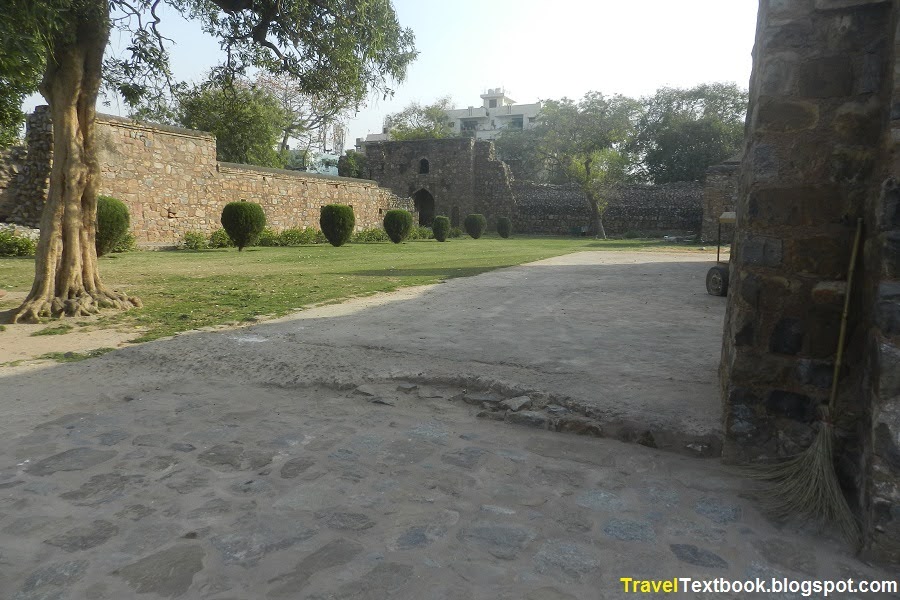
Then I turned to the left (north) and walked, and was looking at the ruined palace.
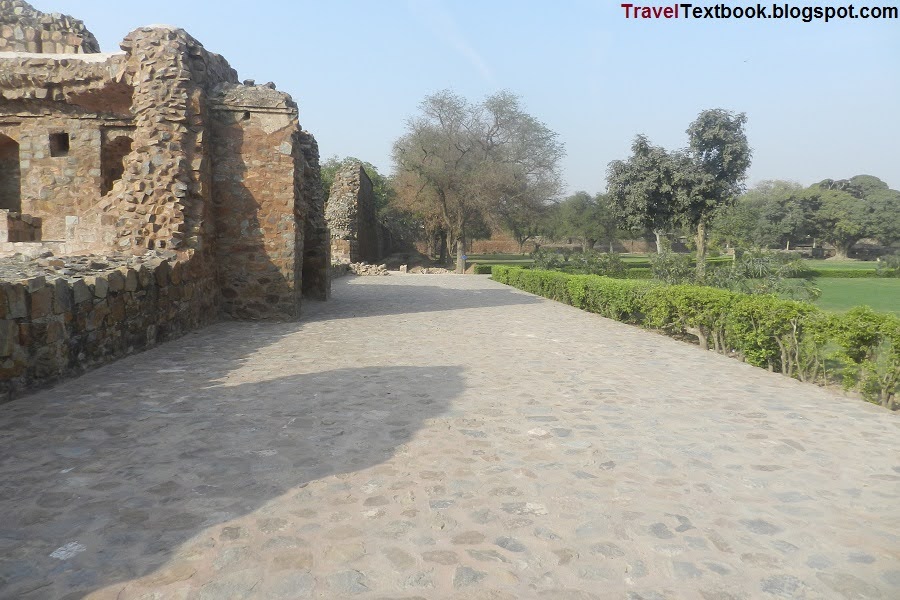
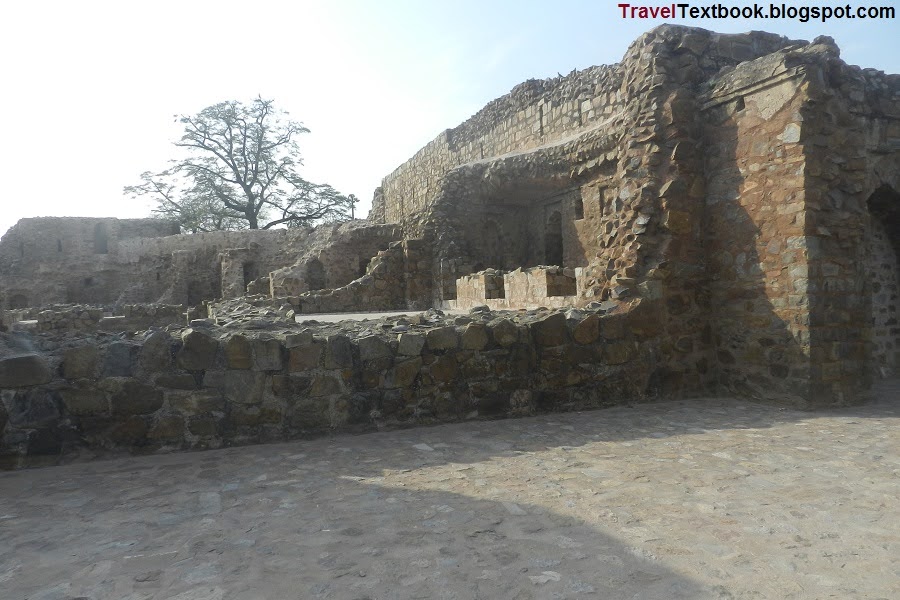
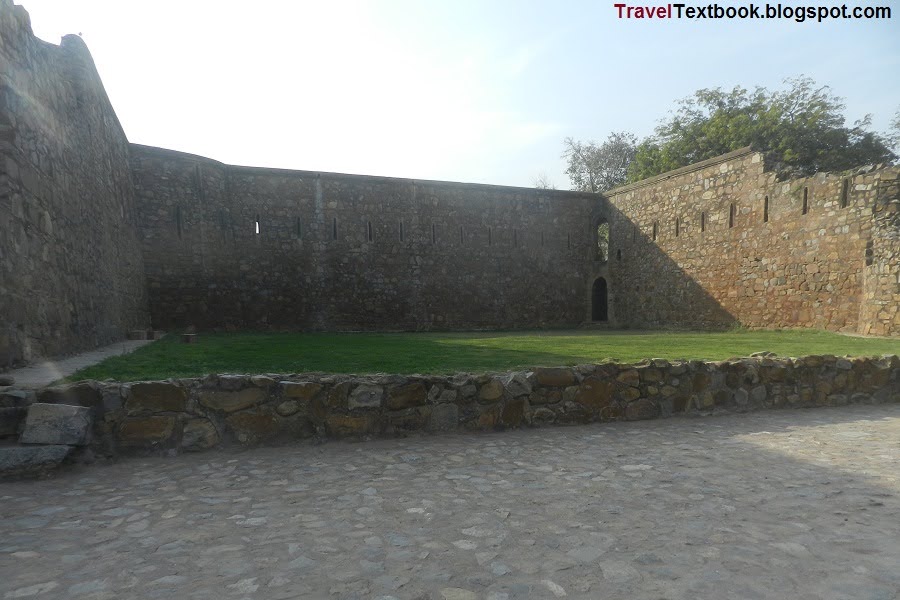

Baoli, Kotla:
Then I turned right (to the east) and saw two walkways leading east through the garden. I went east along the left side walkway. I reached Baoli.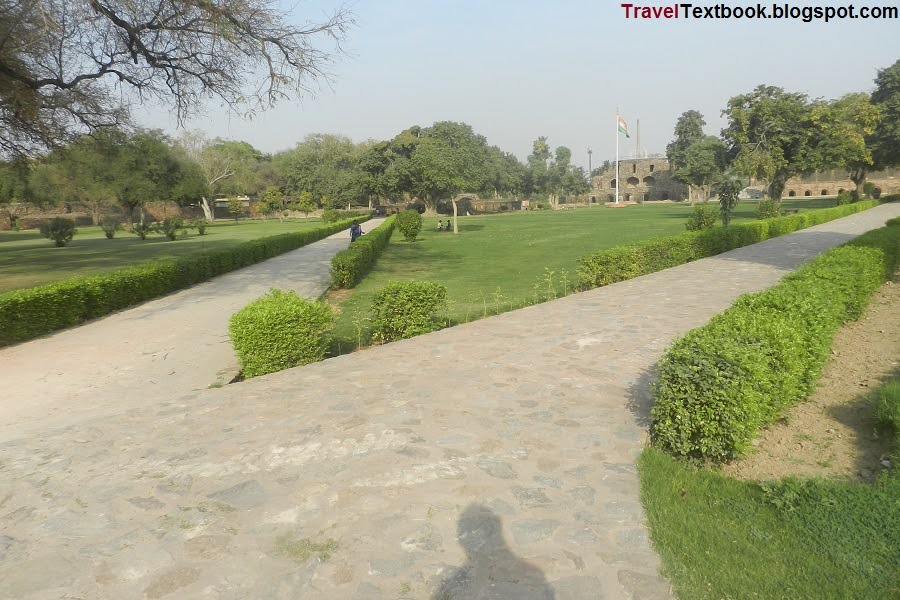
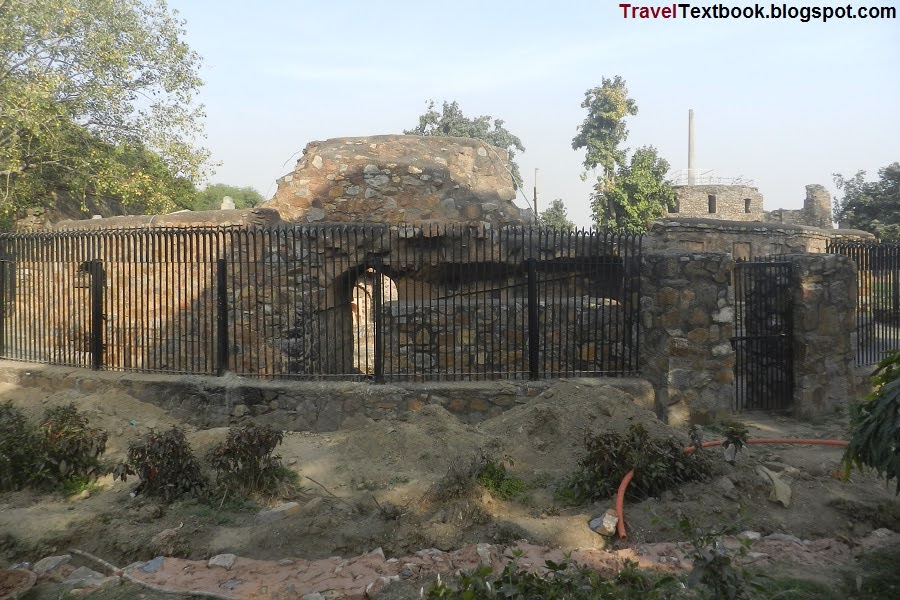

Circular baoli (Step-well). It was built in the form of underground apartments and a large underground canal on its east side through which water flows to the well. It is the only circular baoli in Delhi, and is one of the 4 baoli, where the tank is not separated from the well. There was a roof over it, which collapsed long ago.
Initially it had an entry from east and west, but now, only the west side is accessible. For security reasons, the baoli is kept locked, but permission to visit for research purposes can easily be obtained from the Delhi Circle Office of the Archaeological Survey of India.
Then I went to the left (north) of Baoli. It is also a ruined structure. There I saw a small staircase leading to the upper floor. But nothing there.
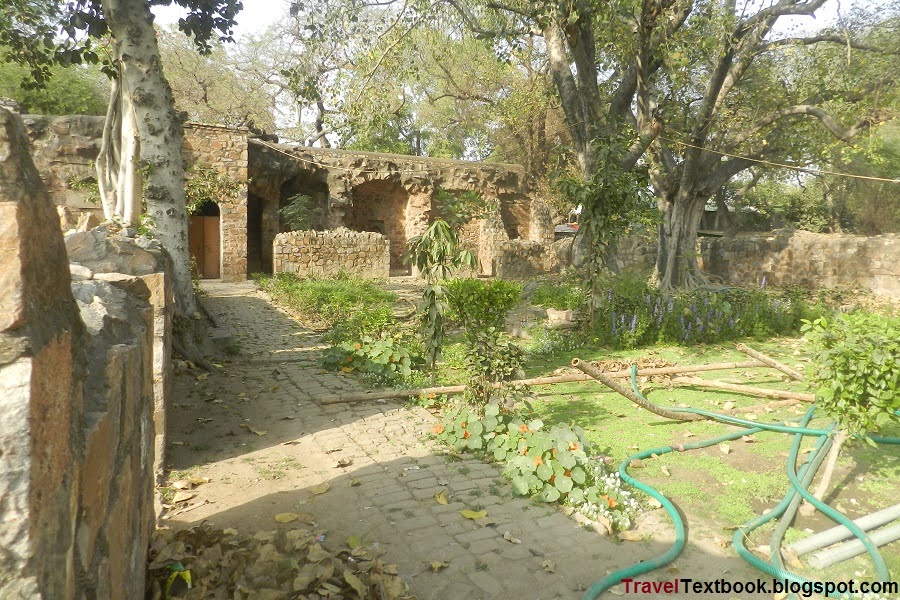


Ashoka Pillar, Kotla:
Then I went to the back of the baoli. I saw the Ashoka Pillar.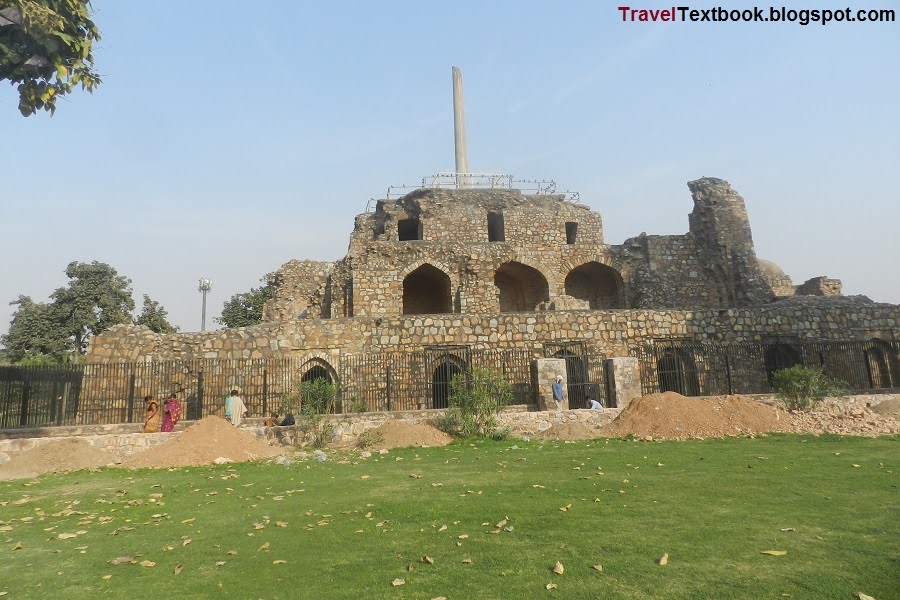
The 3rd Mauryan Emperor Ashoka The Great who reigned from c. 268 to 232 BCE. The pillars were built by him, and used the expression pillars of the Dharma to describe his own pillars. Of the pillars erected by Ashoka, twenty still survive including those with inscriptions of his edicts. Feroz Shah Tughlaq, who ruled as Sultan from Delhi from 1351 to 1388, saw Ashokan pillars during one of his campaigns, one at Topra near Ambala and the other near Meerut. He shifted the both pillars from these places and installed them in Delhi in 1356. The first pillar (Pillar Edicts I, II, III, IV, V, VI, VII) moved from Topra, was erected here. The second Ashokan Pillar (Pillar Edicts I, II, III, IV, V, VI) moved from Meerut, was installed near Pir Ghaib (Koshuk Shikar Palace) in 1356, and later in 1867, that pillar was erected about 350 meters away.
Jame Masjid, Kotla Fort:
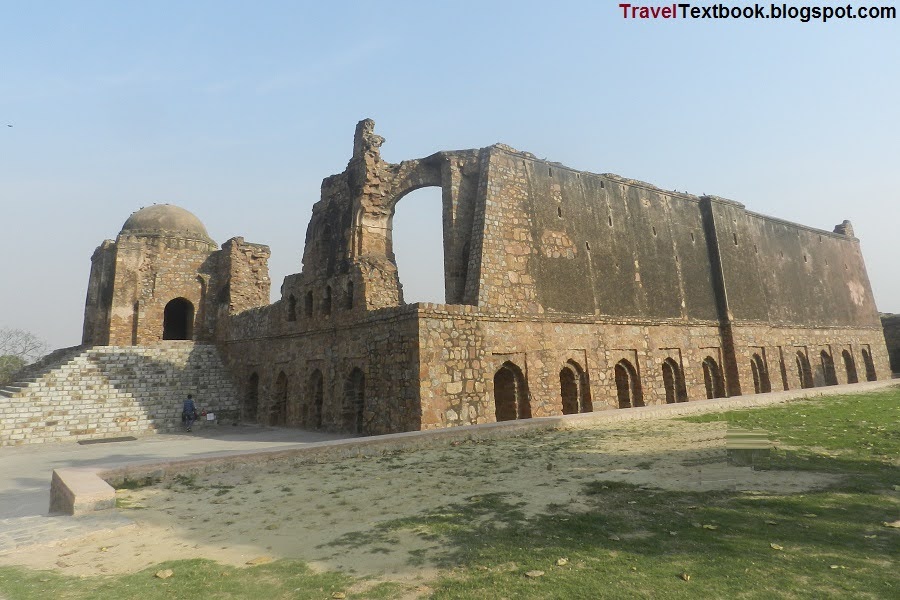
Jame Masjid is one of the oldest and largest mosques and monuments, which are still in use. It is located just south of Asokan Pillar.
Firuz Shah Tughlaq built this mosque in 1354 AD. It is the largest of the seven mosques built in Delhi during Tughlaq's reign. This mosque was visited by Sultan Timur in late 1398 to offer his prayers and he was so impressed by the design of this building that he took some masons with him to Samarkand where he built a mosque in the same model.
The main entrance of the mosque is on the north side.
It is located above the ground floor where there are multiple cells on the ground floor.
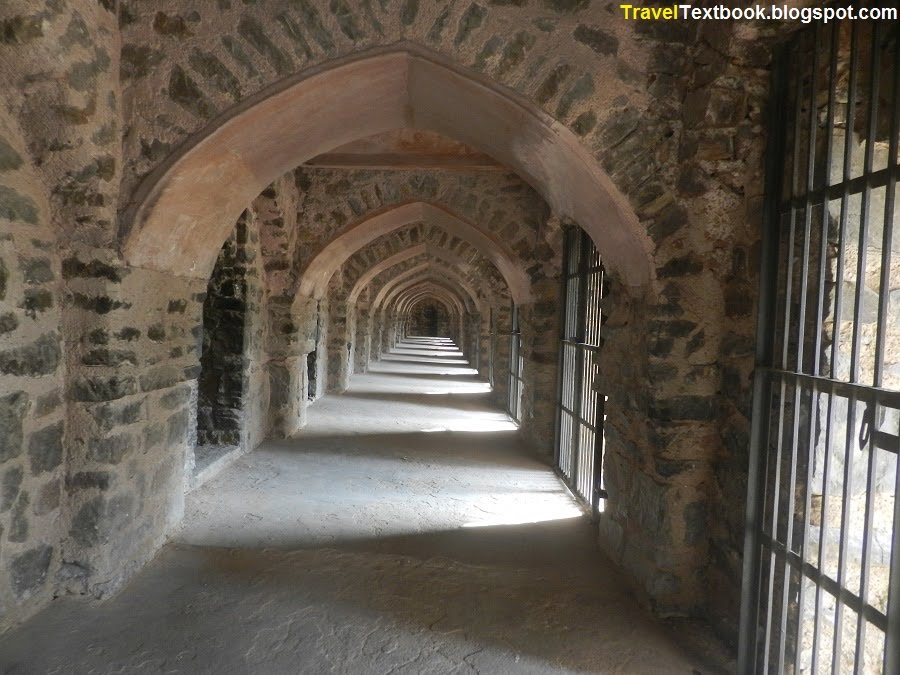
I climbed up the stairs.

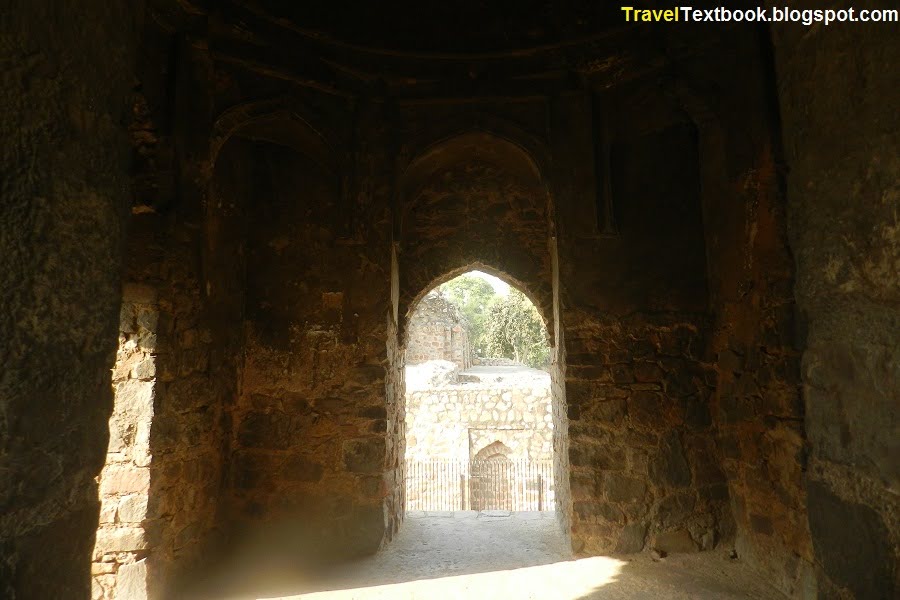
Only a rear wall still stands on the western side of its courtyard.
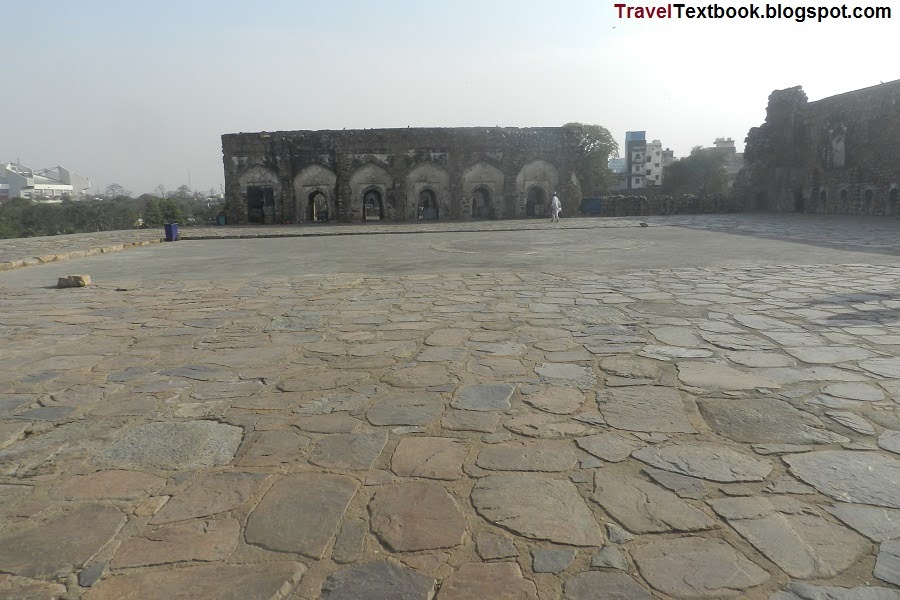

In 1761, Emperor Alamgir II was assassinated in the mosque or an adjacent building.
The south side of the complex, from the south side of the mosque to the main gate, was a residential area but is now in ruins.
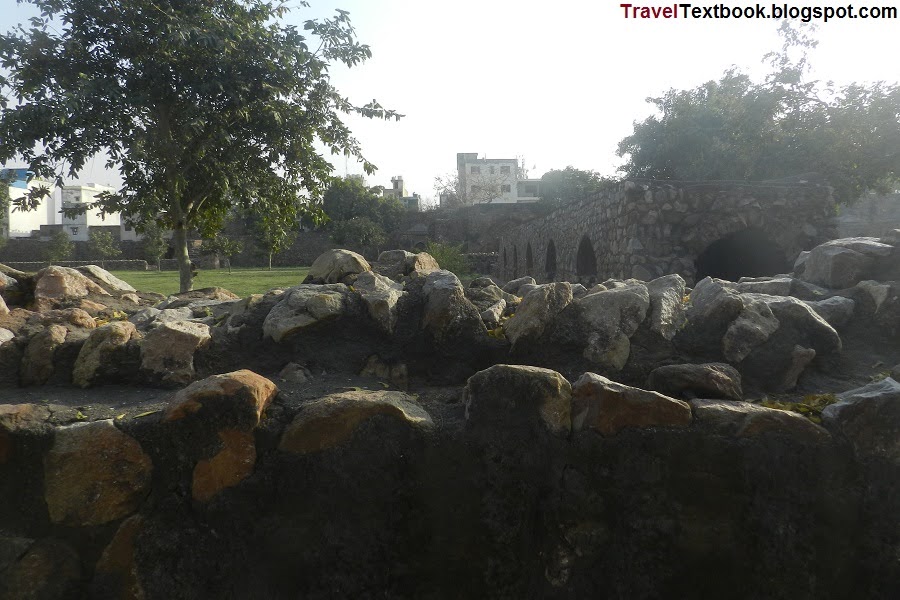
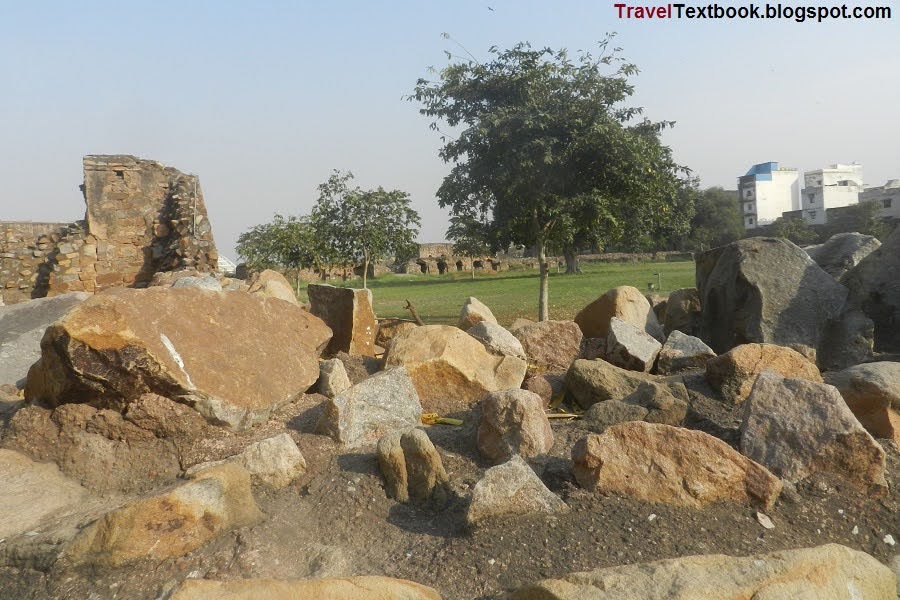

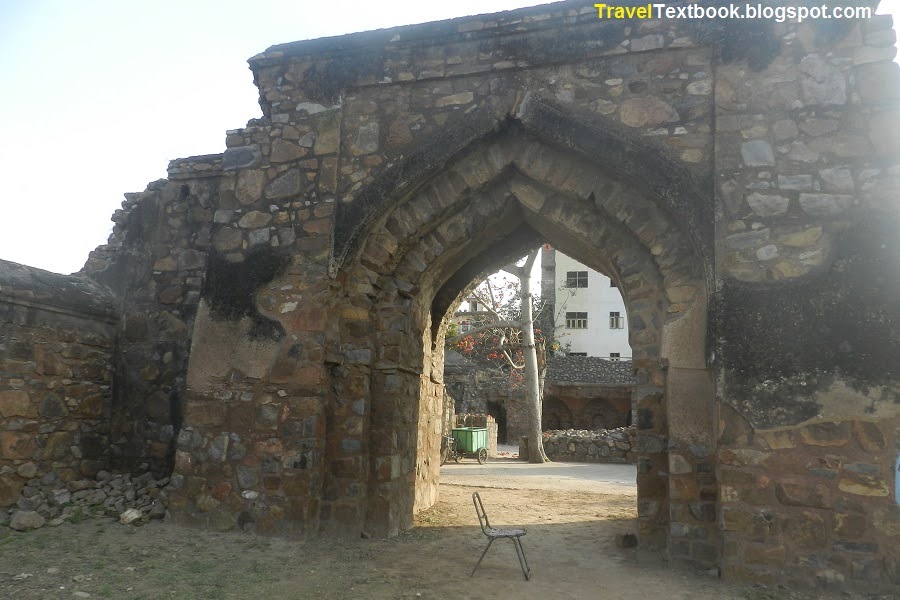

Visiting Time: Sunrise to Sunset.
Entry Fee: 25 Rupees (US$ 0.30) for Indian and 300 Rupees (US$3.66) for foreigner. Free for child age 0-15.
Photography: Allowed for non commercial use without stand. Video Filming Fee 25 Rupees (US$ 0.30) per video.
How to go: Walk 60 meters south from Khuni Darwaza. Then turn left (east) and walk 140 meters. The gate is located at the end of the road. The ticket counter is on the left.
There is a Doll Museum called "Shankar's International Dolls Museum" is about 600 meters south from Khooni Darwaza. You cannot take photo and selfie, So you can skip it.
This concludes the visit to the 5th medieval city. We will go to a different place where we will see the next rulers built. So we will go back to Delhi Gate Metro Station (Violet Line), then to Khan Market Metro Station (Violet Line).
Before starting, let's know the brief history after Tughlaq Dynasty.
Sayyid Dynasty:
Khizr Khan was Governor of Multan (now in Pakistan) under the Tughlaq ruler, Firuz Shah Tughlaq. The last ruler of Tughlaq dynasty, Mahmud Shah Tughluq died in February 1413. The next Sultan of the Delhi Sultanate was Khizr Khan, the founder of the Sayyid dynasty. Khizr Khan was appointed Sultan of Delhi by Timur himself. Khizr Khan had to pay tribute to the Timurid dynasty at Samarkand.After death of Khizr Khan on 20 May 1421, the next rulers of Sayyid dynasty are Mubarak Shah (21 May 1421 - 19 February 1434), Muhammad Shah (February 1434 - January 1445), Alam Shah (January 1445 - 19 April 1451).
Alam Shah abandoned his Sultanate in 1448 and left Delhi to retire to Budaun, a medieval town in Uttar Pradesh.
Lodi Dynasty:
Three years later, Bahlul Lodi, who had made two attempts before capturing Delhi, took control of the capital on 19 April 1451, and marking the beginning of the Lodi dynasty.After death of Bahlul Lodi on 12 July 1489, the next rulers of lodi dynasty are Sikandar Lodi (17 July 1489 - 21 November 1517), and Ibrahim Lodi (November 1517 - 21 April 1526).
Khan Market
Shopping Area
Khan Market is a shopping area was established in 1951. In 2019, Khan Market was rated as the world's 20th most expensive commercial street by Cushman & Wakefield.
The U-shaped, double-storey market complex originally had 154 shops and 74 flats on the first floor.
Visiting time: Monday to Saturday - 10 AM to 10 AM. Sunday remains closed.
How to go: From the Khan Market Metro Station (Violet Line), Exit Gate-3, I walked straight (southeast), then turned right (southwest) and walked. Reached Khan Market, on my right side. Distance between metro station and Khan market is 210 meters.
Food in Khan Market:
* Aaloo Chaat at Prabhu Chaat Bhandar, Khan Market.
* Dhansak at SodaBottleOpenerWala, Khan Market.
Lodi Garden
Park
The garden was created by the Lodi dynasty, an Afghan dynasty that ruled the Delhi Sultanate from 1451 to 1526. It contains Mohammed Shah's Tomb, the Tomb of Sikandar Lodi, the Shisha Gumbad, the Bara Gumbad with a mosque, and a small mosque.
Later the park was created which was inaugurated on 9 April 1936 by Lady Willingdon (wife of Freeman Freeman-Thomas, 1st Marquess of Willingdon, the future Governor General of Canada and Viceroy of India). She brought all the monuments into one boundary.
The park was originally named 'Lady Willingdon Park' after her, but was renamed 'Lodi Gardens' after India's independence in 1947. The park is spread over 90 acres of land.
Inside the Premises:
A main gate is located at the northern end of the park. So I entered the park through the north gate. I entered through the gate and saw 2 ways. The straight road (south) crosses a bridge and goes to the lake. The name of the bridge is Athpula (Eight Pier) Bridge. The stream under the bridge, which once ran to the river Yamuna. The bridge was built during the reign of Mughal Emperor Akbar (reigned: 11 February 1556 – 27 October 1605), it has seven arches, of which the central one is the largest. Another to the right (west) which is towards the back of Sikandar's Lodi tomb. I entered to the right (west) and went forward to the mausoleum through the road on the right side of the tomb.
Sikandar Lodi Tomb
Sikandar Lodi was the Sultan of Delhi between 1489 and 1517 AD. After his death in 1517 AD, his son Ibrahim Lodi constructed the mausoleum. Sikandar Lodi's tomb was inspired by Muhammad Shah's tomb.
Then I went south. A small bridge over the beautiful lake. I passed it. I continued walking south along a beautiful walkway. From a distance I saw Shish Gumbad and Bara Gumbad. First I went to Shish Gumbad.
Shish Gumbad
Shish or Shisha, meaning glass, is a tomb of the Lohi dynasty and is believed to have been built between 1489 and 1517 CE. It contains unknown graves.
Bara Gumbad
Bara Gumbad means 'Big dome' was built by Sikandar Lodi in 1494-95 AD. The Friday Mosque (Jame Masjid) adjacent to the Bara Gumbad dates its construction to 900 Hijri of the Islamic lunar calendar.
The purpose of the Bara Gumbad is unknown, it is assumed that the large domes were built near the entrance of the mosque or to enclose a large wall. Bara Gumbad is combined with a mosque and "Mehman Khana" which is a small structure with five bays. All structures are built on 4 meters high platform.
Then I went to the west of Bara Gumbad, where Butterfrly Conservatory on the north side.
A small mosque on the south of the Butterfly Conservatory.
Masjid
Small mosque was built in 1494 during the reign of Sikander Lodi.
Then I walked to south and then turned right (west) before a overpass. I walked and reached at Mohammed Shah Tomb.
Muhammad Shah Tomb
Muhammad Shah (reigned: 1434–1445) was the third monarch of the Sayyid dynasty.. His tomb was built in 1444 by Alauddin Alam Shah as a tribute to Muhammad Shah.
After Muhammad Shah's Tomb visiting, I continued to walk towards west, and came to a beautiful garden.
There is a gate at south end of the garden, but I walked towards north.
I just walked to west side.
Then I leave Lodi Garden through the west side gate.
Visiting Time: 6 AM to 7.30 PM.
Entry Fee: Free.
Photography: Allowed.
How to go: It is located about 400 meters from Khan Market towards southwest.
Safdarjung Tomb
Tomb
Safdarjung's Tomb was built in 1754 for Nawab Safdarjung (reigned: 19 March 1739 – 5 October 1754). When Ahmad Shah Bahadur ascended the throne in 1748, Nawab Safdarjung of Awadh (Avadh or Oudh in Uttar Pradesh), was made Prime Minister of the Mughal Empire.
As wazir he usurped all the power under his control as the king was only a puppet. But his control over the emperor's family was so brutal that the Marathas drove Safdarjung out of Delhi in 1753. He died soon after in 1754. After his death his son Nawab Sujaud Daula appealed to the Mughal Emperor for permission to build a mausoleum for his father in Delhi. Then he built the tomb. This was the first time that someone outside the Mughal family built such a mausoleum and garden complex for themselves.
Slabs from Abdul Rahim Khan's tomb have been used in the construction of this tomb.
The main entrance to the mausoleum is two-storied. The surface bears an inscription in Arabic and translates to "When the hero of ordinary bravery departs from the transient, may he dwell in God's heaven". After entering through the gate there are several rooms and the library in the rear part of the front. To the right of the gate is a mosque with three domes marked with stripes.
The facade was built in the style of the Taj Mahal at Agra. The four minarets at the four corners are part of the original tomb which was a completely different concept in height compared to the Taj Mahal.
There are eight rooms surrounding the main chamber under the dome.
The mausoleum has an underground chamber containing the graves of Safdarjung and his wife.
Visiting Time: 7 AM to 5 PM.
Entry Fee: 25 Rupees (US$ 0.18) for Indian and 200 Rupees (US$ 2.45) for foreigner.
Photography: No fee for camera but 25 Rupees (US$ 0.31) for videos.
How to go: It is located about 450 meters from from the southwest corner of Lodi Garden towards west. Jorbagh Subway station (yellow line) is the nearest station and located about 150 meters from the tomb towards south.
Lodi Art District
Mural
Lodi Colony is a residential colony for Central Government officers and employees.
It was one of the last residential areas built during the British Raj in the 1940s, to house senior government officials. Since 2015, more than 14 artists from around the world have been commissioned to paint the walls of Lodi Colony making it India's first open-air art district.
There are buildings in 3 columns north-south. Columns are separated by streets. Columns are divided into many rows by streets.
Visiting Time: Open 24 hours.
Entry Fee: Free.
Photography: Allowed.
How to go: The northwest corner of Lodi Colony is located about 1.2 km from Safdarjung's tomb towards southeast. Jorbagh metro station (yellow line) is on the way from Safdarjung. It is about 750 meters from the metro station towards east
Najaf Khan's Tomb
Tomb
Mirza Najaf Khan Bahadur (1723 – 26 April 1782) came to Delhi from Iran around 1740. He became a courtier of the Mughal emperor Shah Alam II (1740 – 1782). He was the Supreme Commander of the Mughal Army from 1772 until his death on 26 April 1782.
The tomb of Miza Najaf Khan is an incomplete tomb. Some distance away from the tomb is a ruined entrance. Tomb with flat roof. The tombs of Mirza Najaf Khan and his daughter Fatima (died: 1820) are inside two marble cenotaphs marked with inscriptions.
Visiting Time: Sunrise to 5 PM.
Entry Fee: Free.
Photography: Allowed.
How to go: It is located about 750 meters from Jorbagh Metro station (yellow line) towards south. About 750 meters from the southwest corner of Lodi Art District towards west.
Darya Khan's Tomb
Tomb
He was one of the most important ministers during the reign of two kings of the Lodi dynasty. He was Chief Justice under Bahlol Lodi and lawyer under Sikandar Lodi. His tomb dates back to the 16th century, although there are often conflicting references.
Visiting Time: Sunrise to 5 PM.
Entry Fee: Free.
Photography: Allowed.
How to go: Gate is located at the southwest. It is about 720 meters from Najaf Khan's Tomb towards southeast. From Dilli Hut Metro station (interchange of yellow and pink line), cross the east road. There is a pocket gate at the east side. enter and walk towards east. At the end of the road you will reach at the gate of the tomb.
Masjid Moth
Mosque
Also called 'Moth Ki Masjid' is a heritage building was built in 1505 by Prime Minister Wazir Miya Bhoiya during the reign of Sikandar Lodi (1489–1517) of the Lodi dynasty.
If you walk along the road, you will see the back of the mosque.
Then entering the road on the north side of the mosque, the architecture of the side of the mosque can be seen.
When you go front along the road you can see a canopy northeast corner of the mosque.
The gate is located east side with huge wooden door.
Now I am entering the mosque.
Visiting Time: Sunrise to 5 PM.
Entry Fee: Free.
Photography: Allowed.
How to go: It is located about 1.4 km from Darya Khan's Tomb towards south. Nearest Metro station is South Extension Metro station (pink line).
Dilli Haat is shopping places with an entrance fee. It is located near Dilli Haat Metro station (interchange of yellow and pink line). You may visit.
Hope this post will help you. Write your comment below and please share it with your friends.
You May Also Like
Travel Delhi: Day-1
Travel Delhi: Day-2
Travel Delhi: Day-3
Travel Delhi: Day-4
Travel Delhi: Day-5
Travel Delhi: Day-6 (You are here)
Travel Delhi: Day-7
Travel Delhi: Day-8
Travel Delhi: Day-9
Travel Delhi: Day-10
Travel Delhi: Day-11
Travel Delhi: Day-12
Travel Delhi: Day-13
Travel Delhi: Day-14
Travel Delhi: Day-15
Travel Delhi: Day-16
Travel Delhi: Miscellaneous
Click below to go
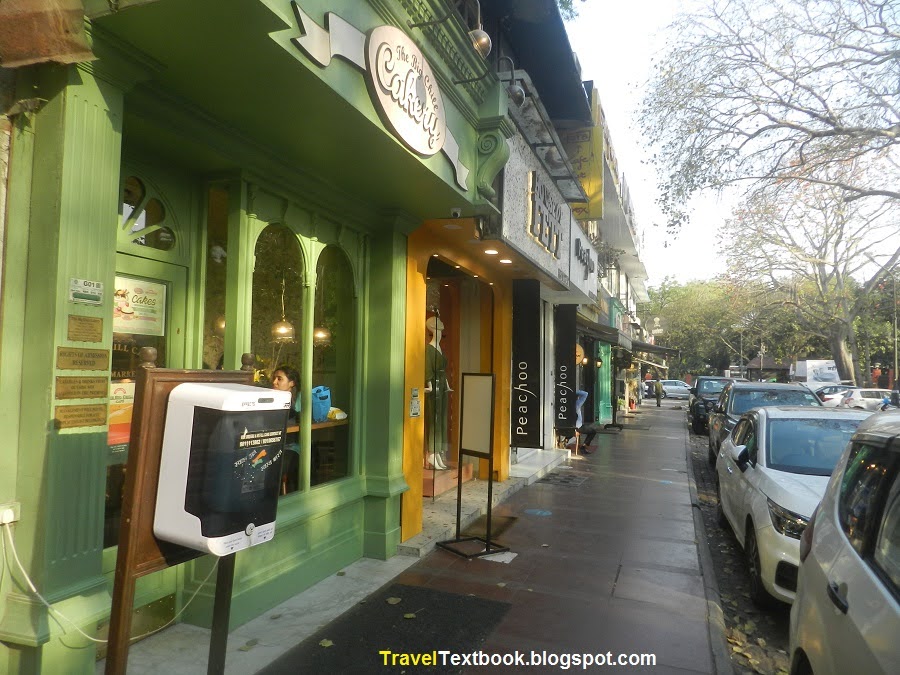

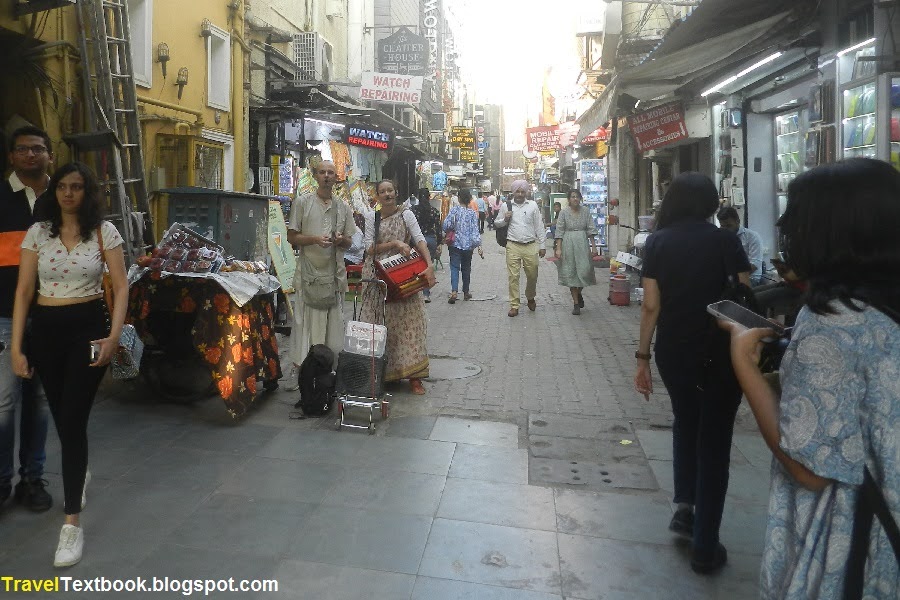
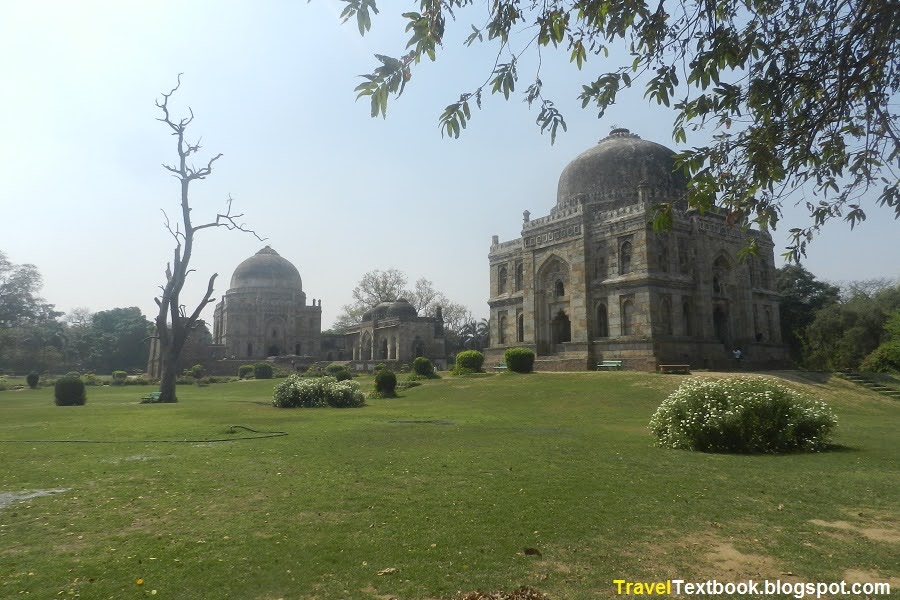
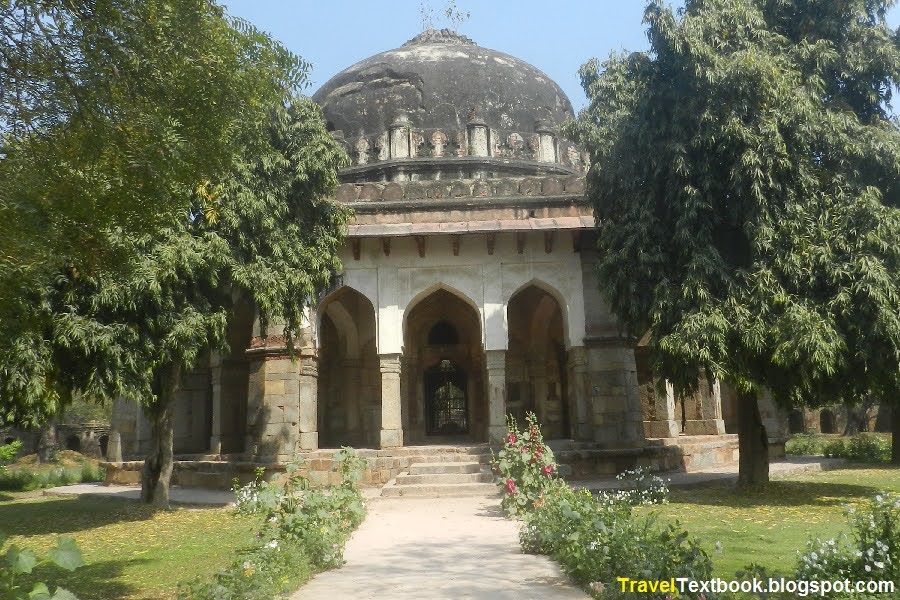

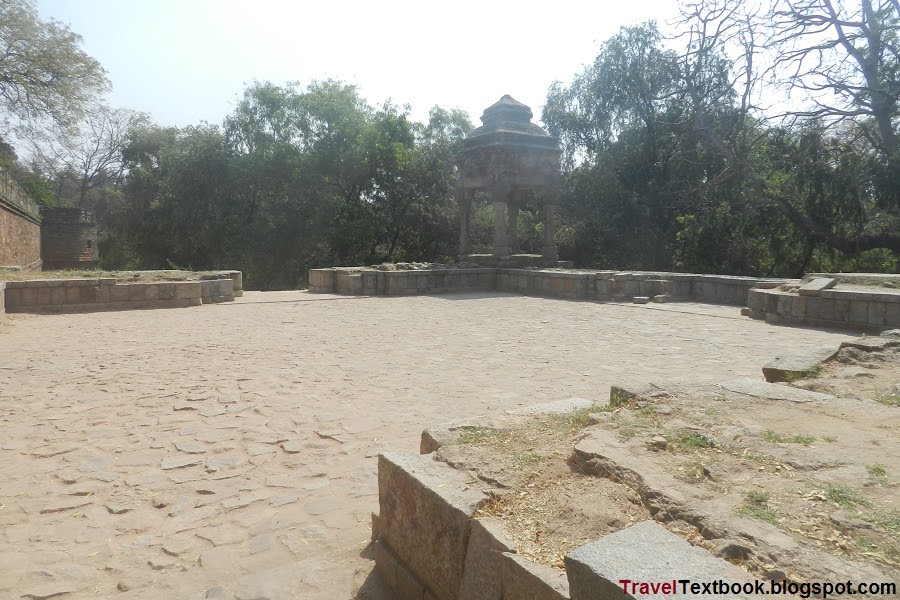


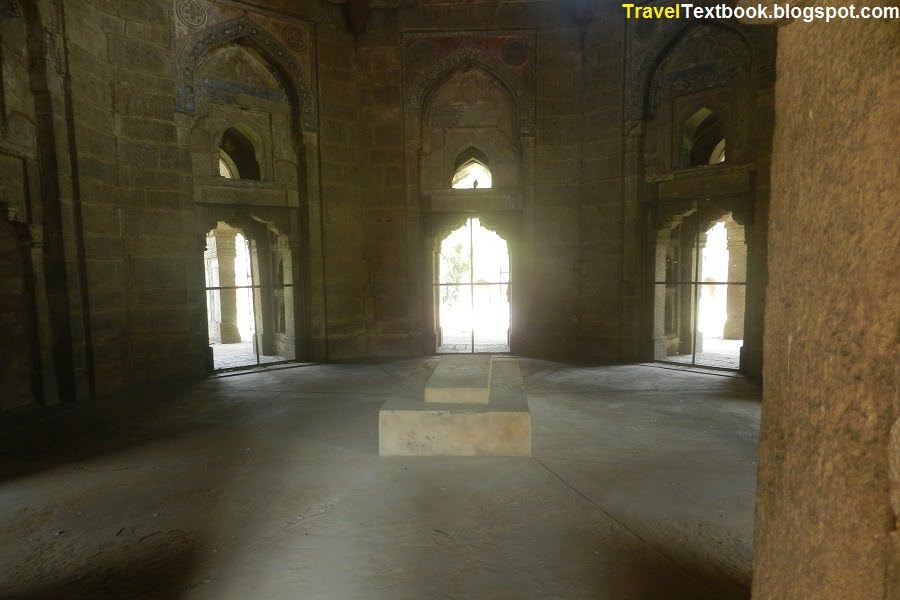

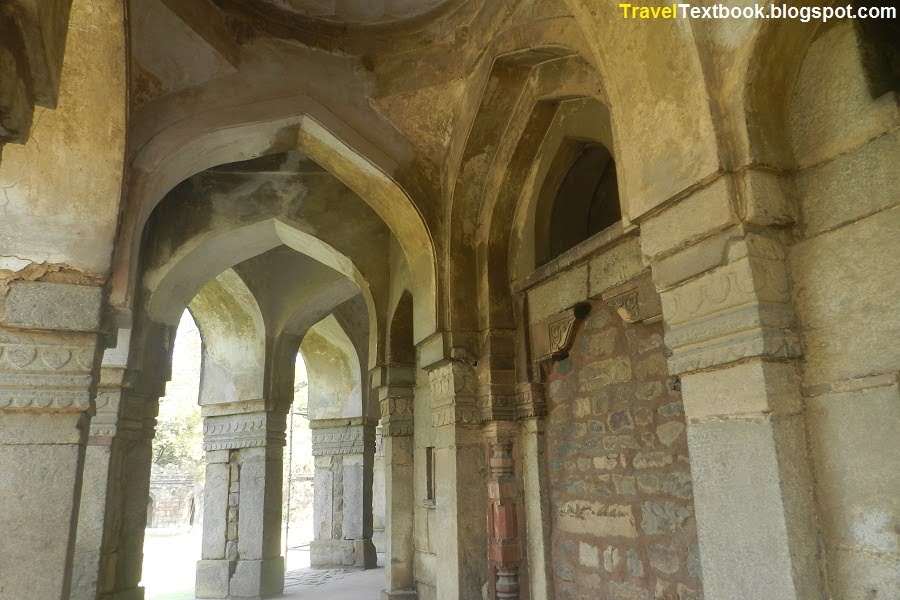






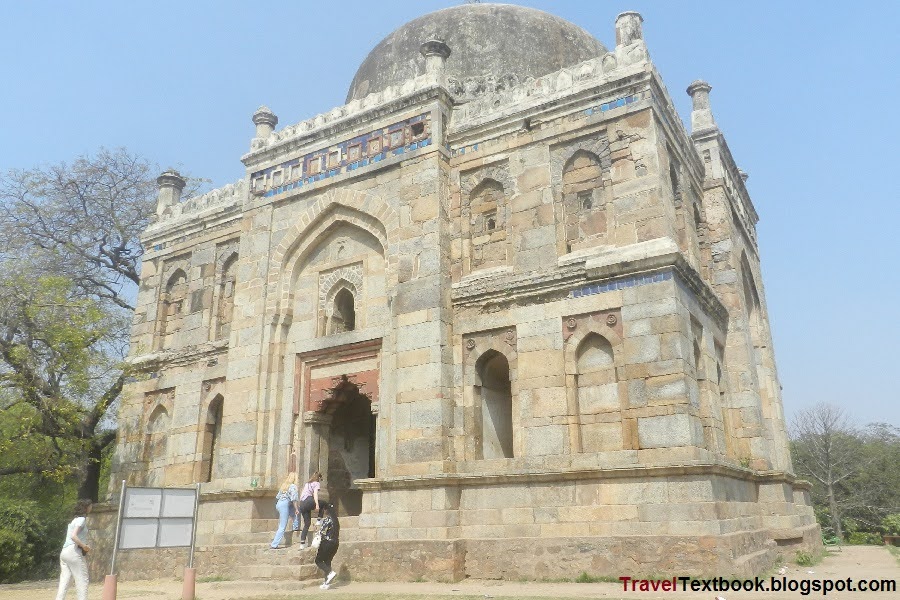
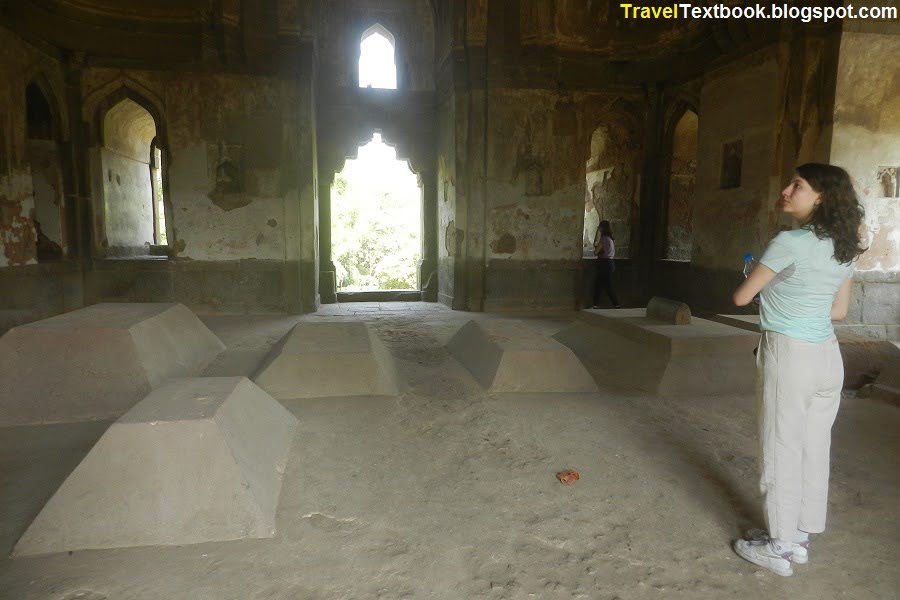
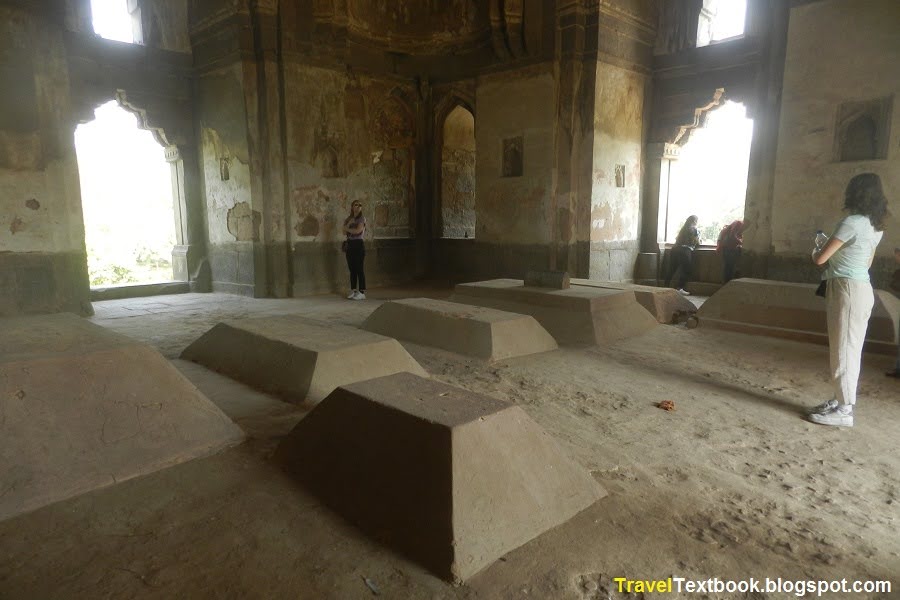

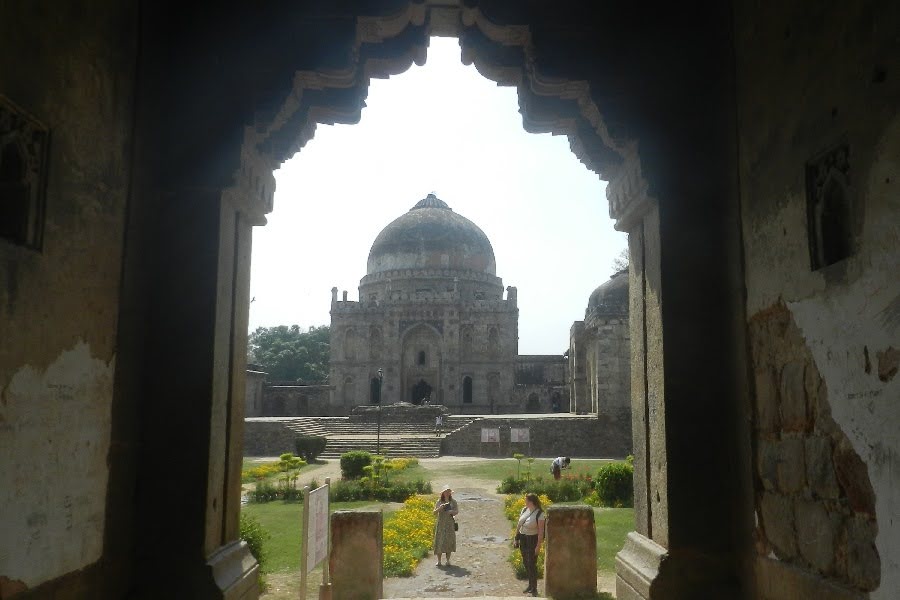
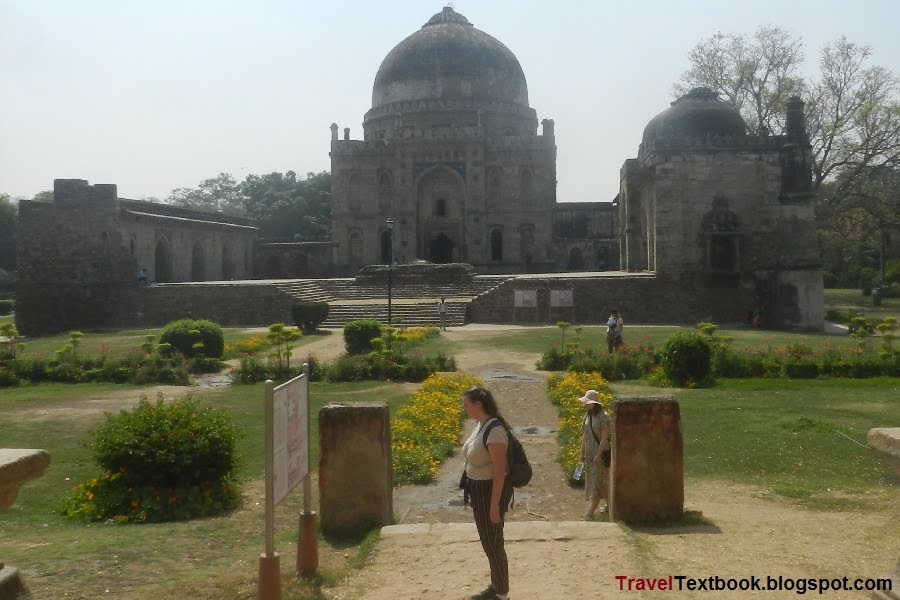


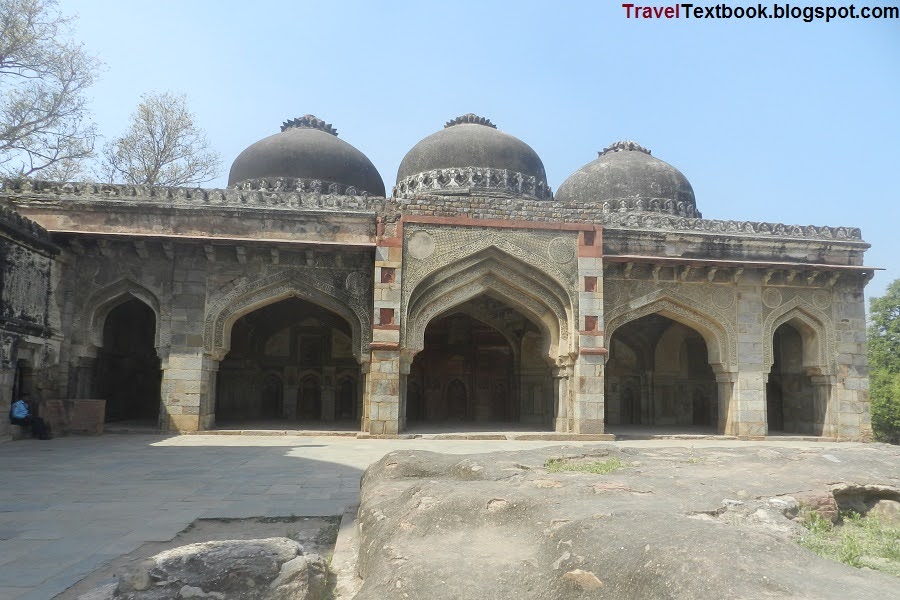
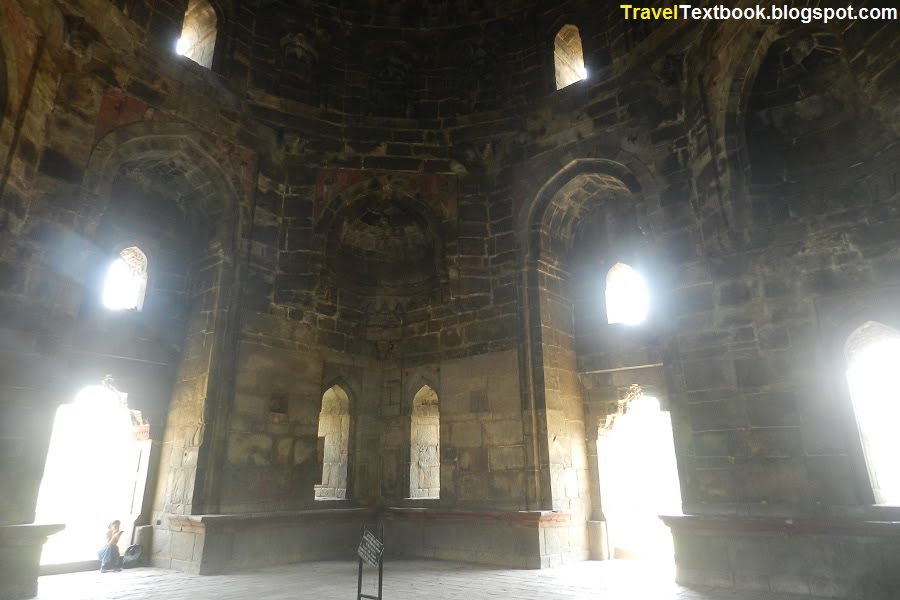
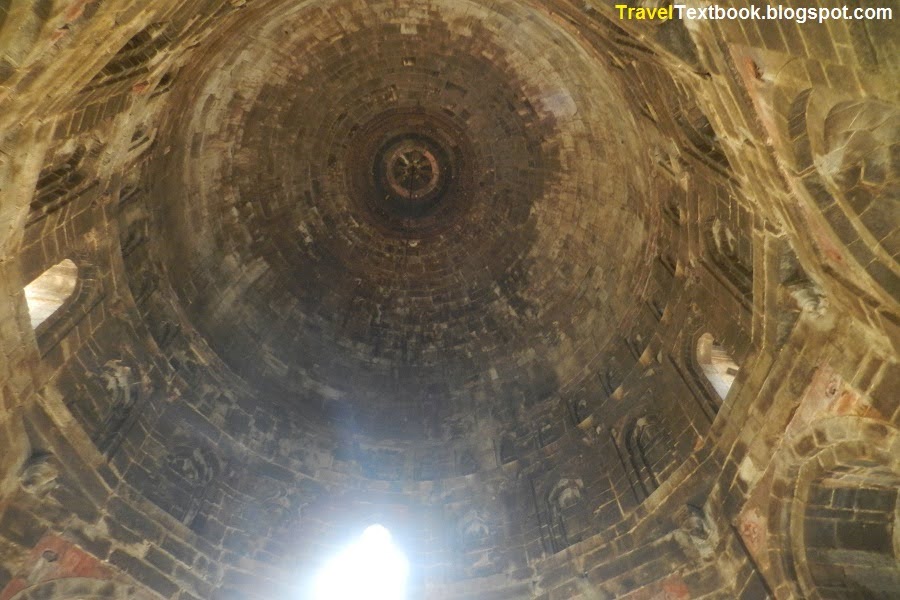



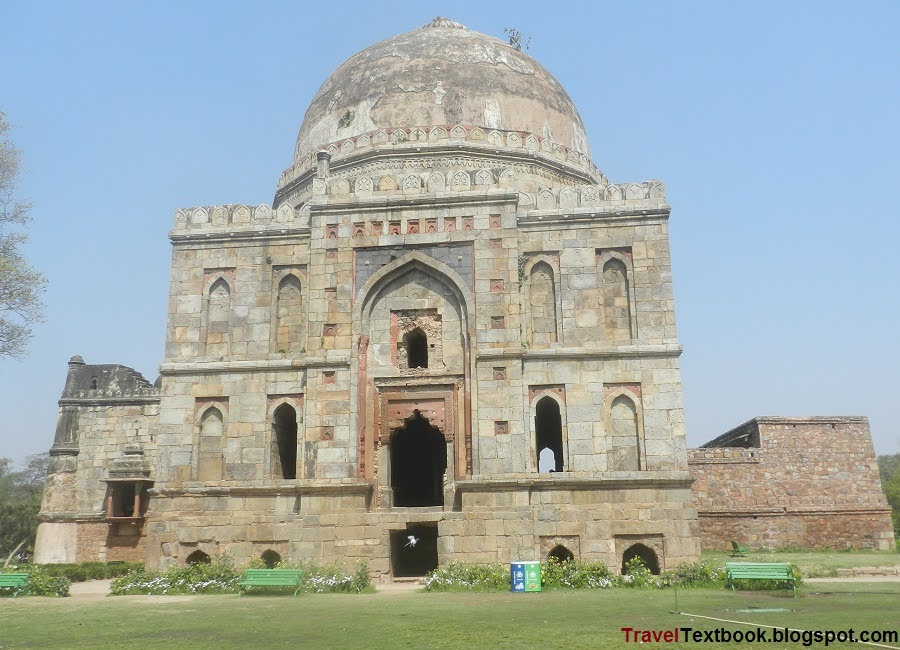


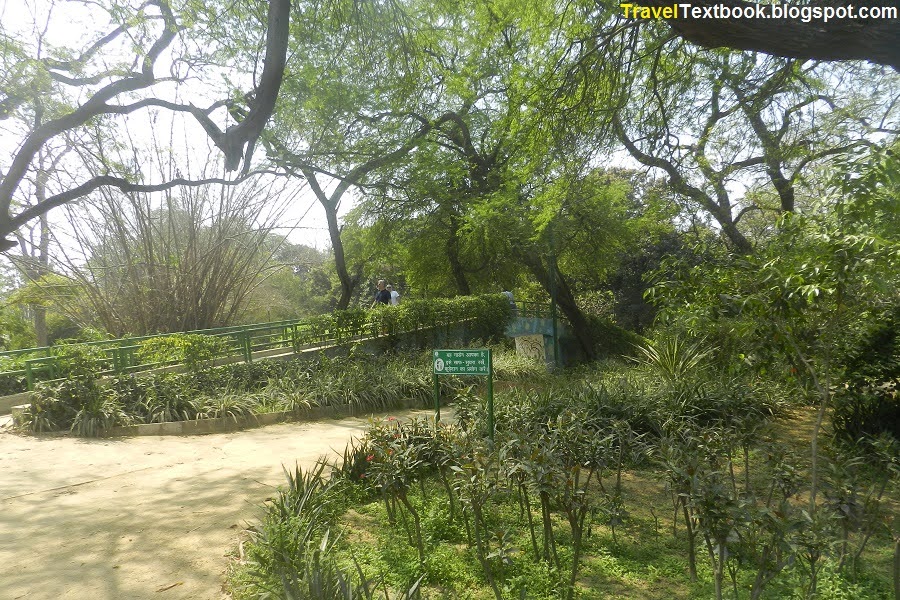

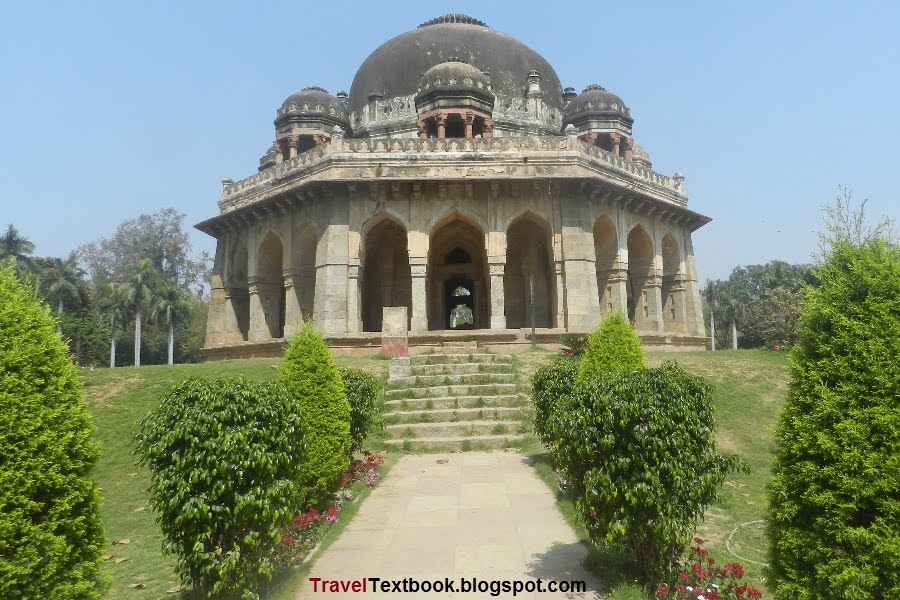

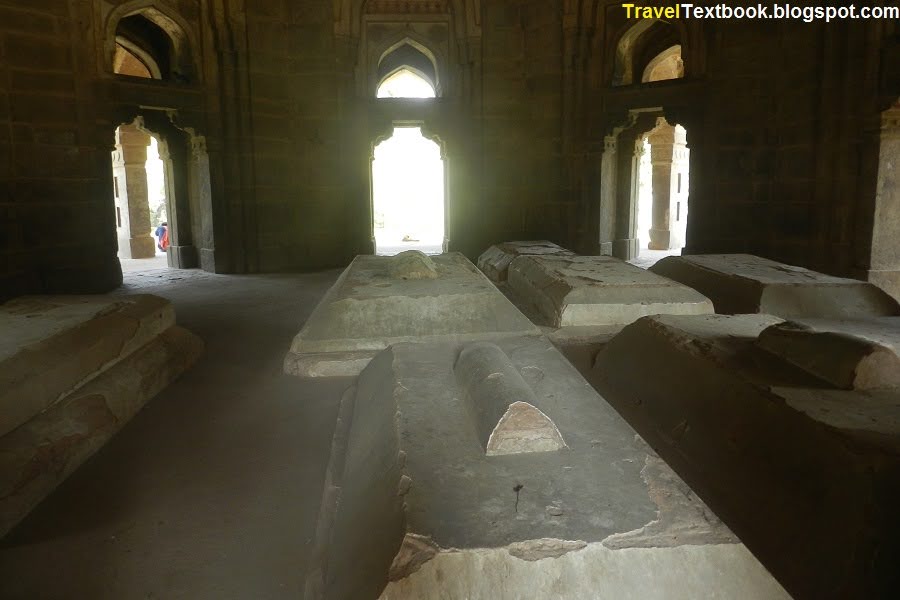



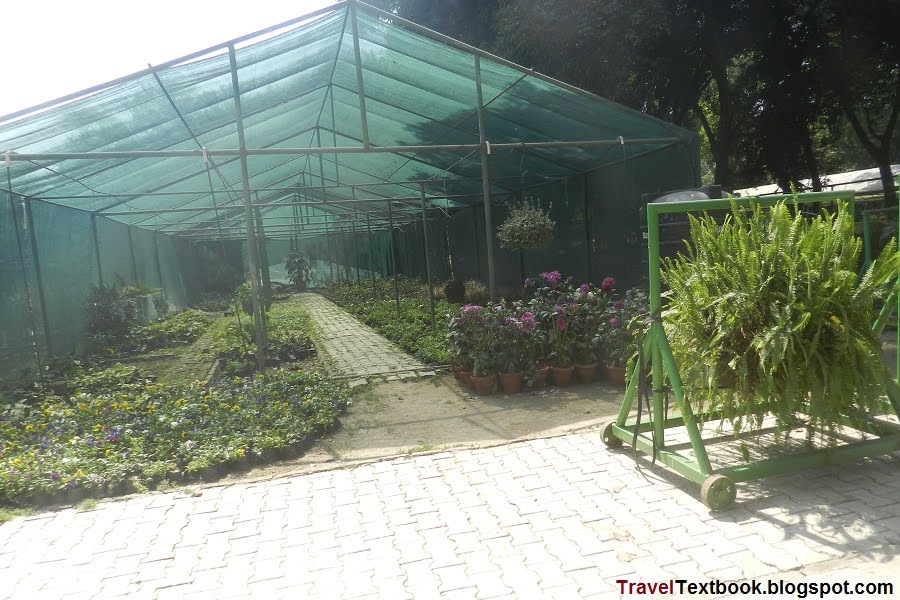


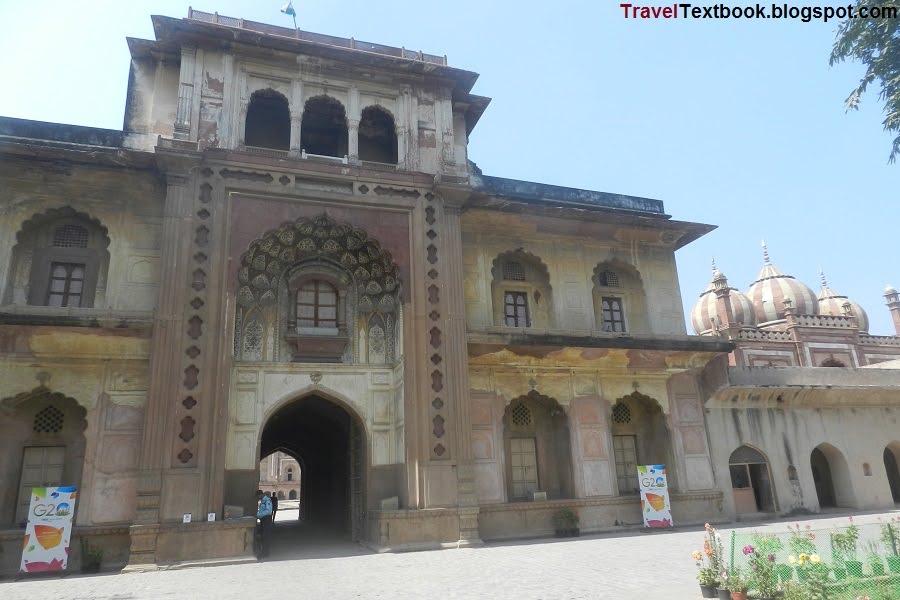
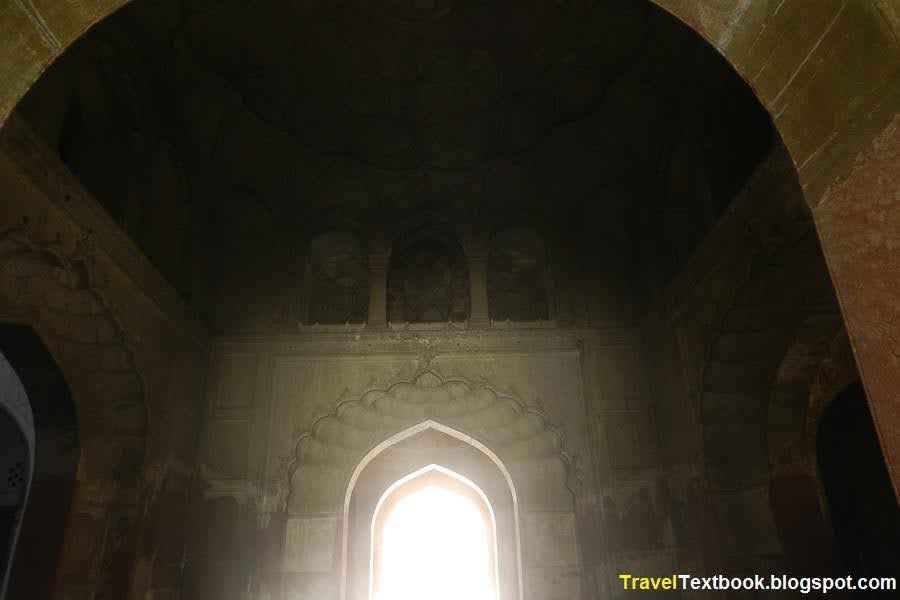



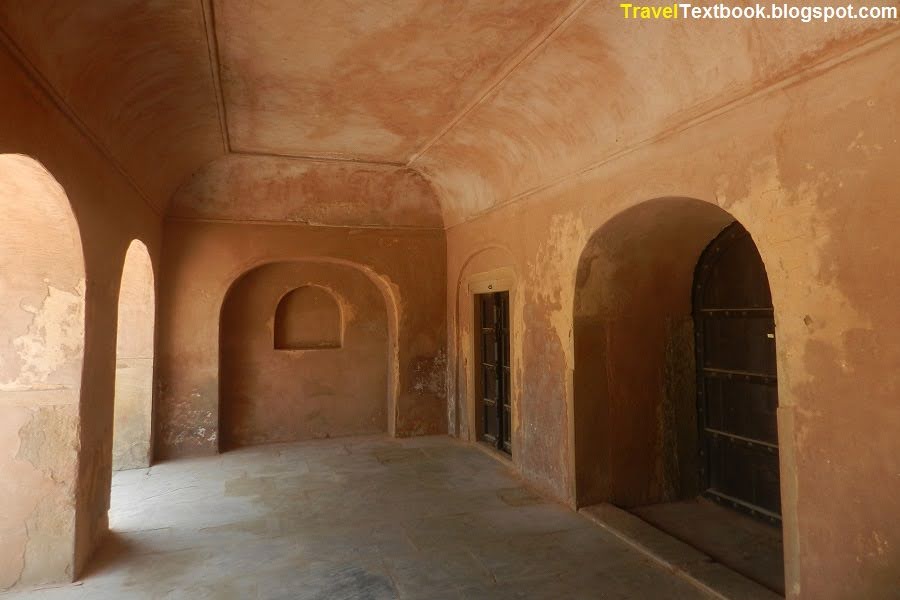



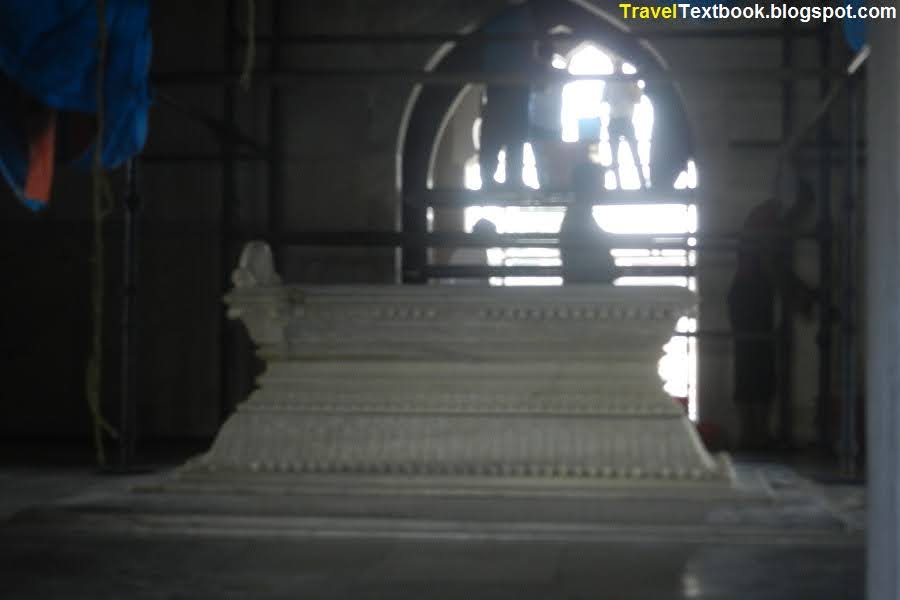
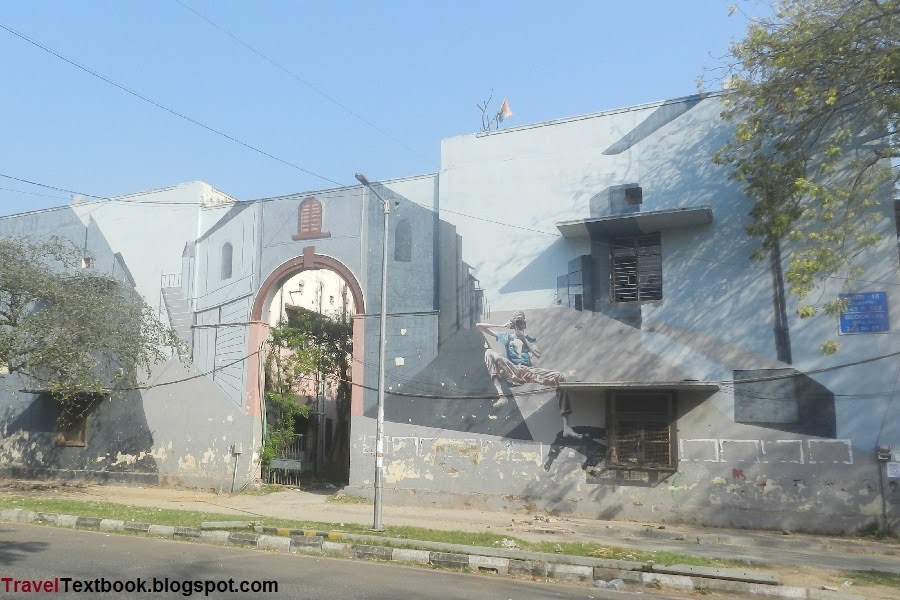
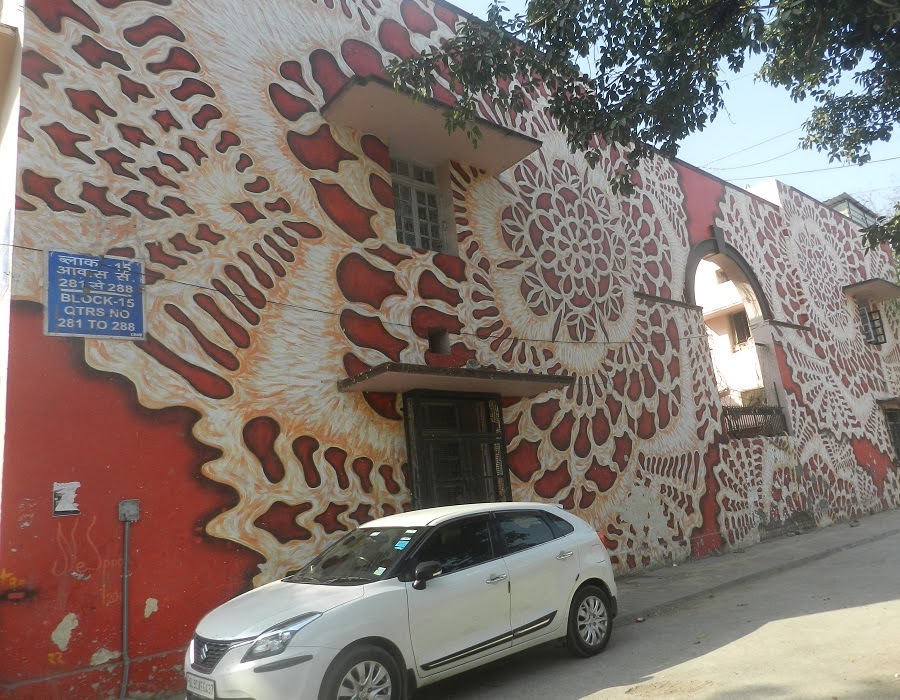
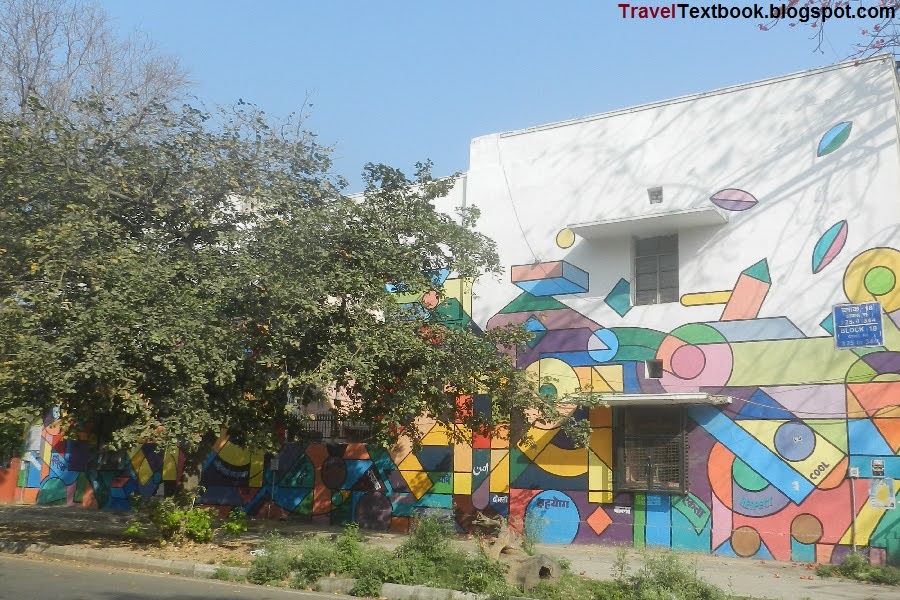


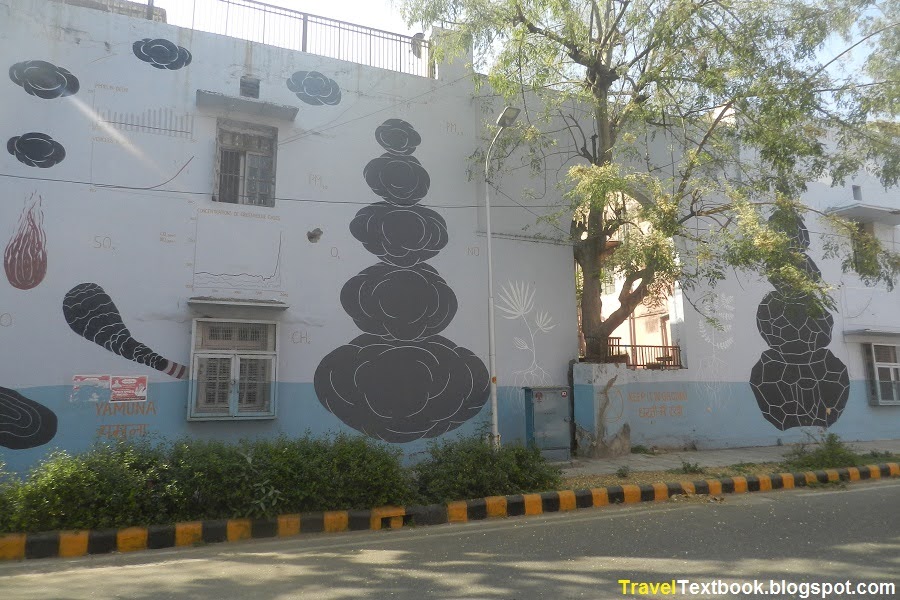
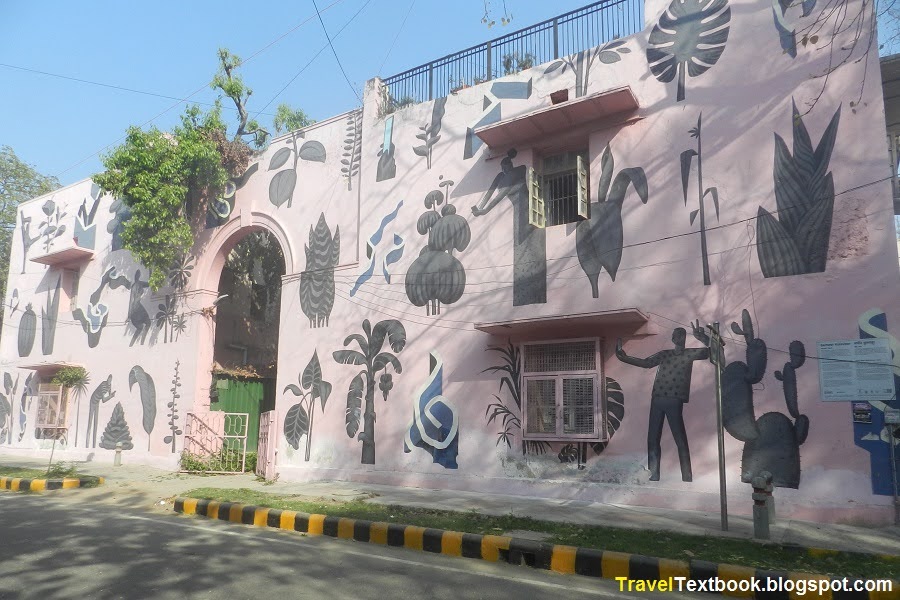




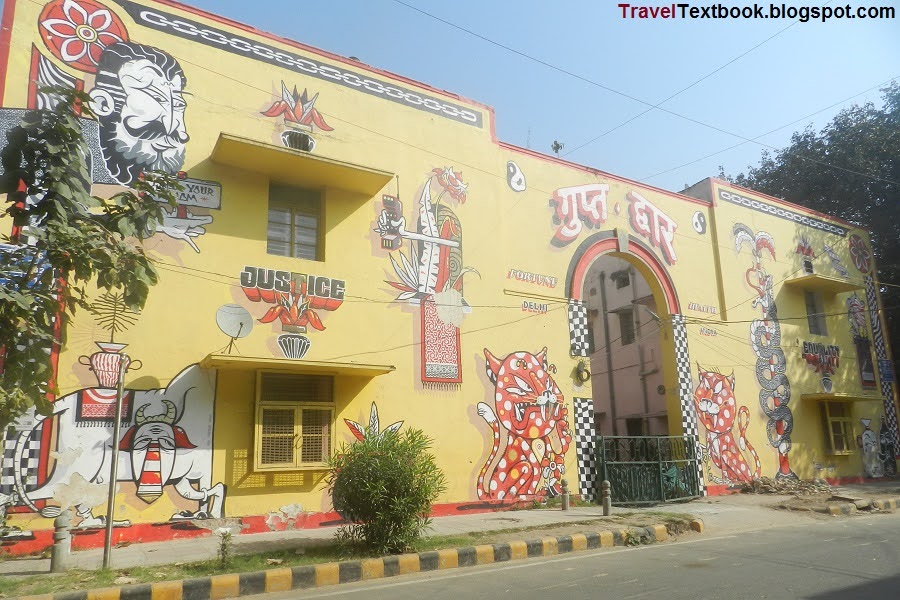

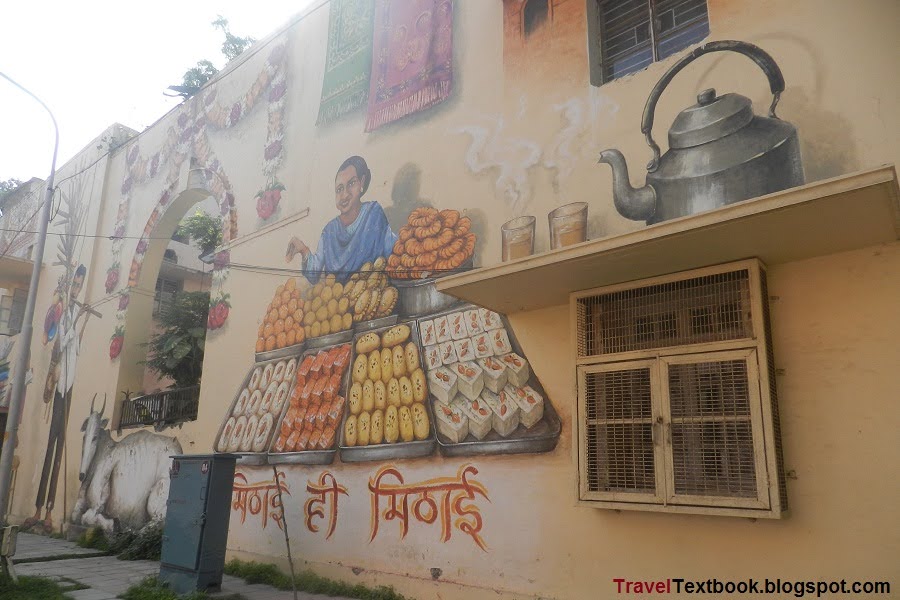
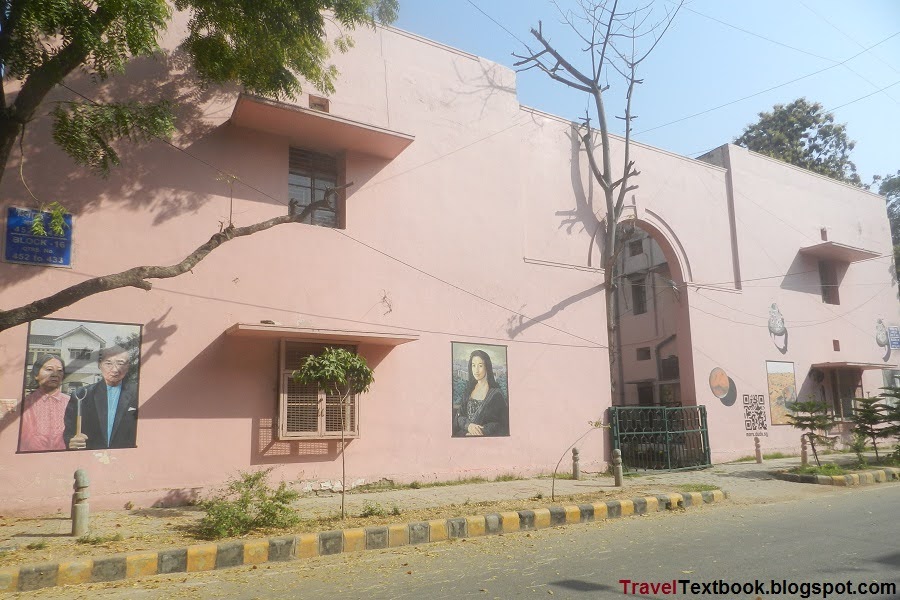

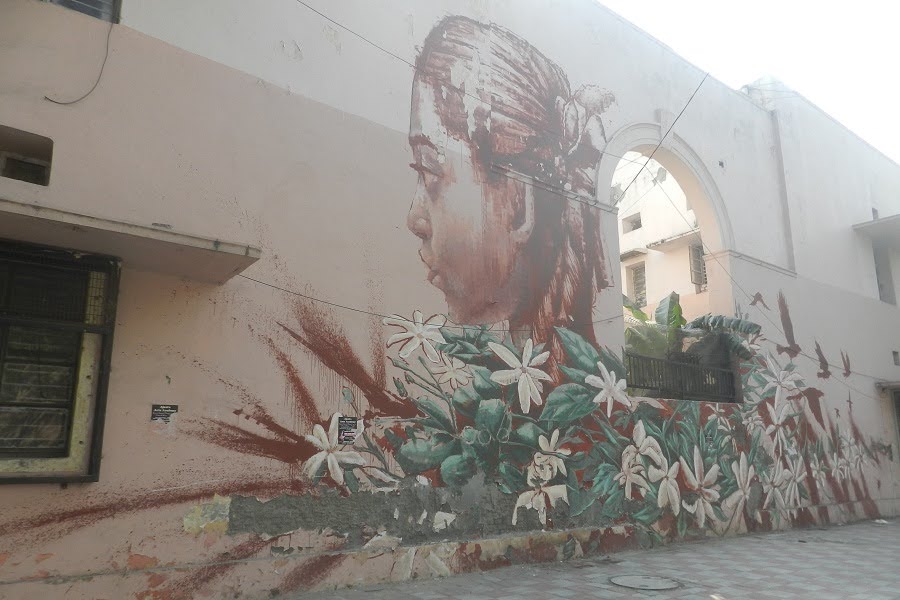
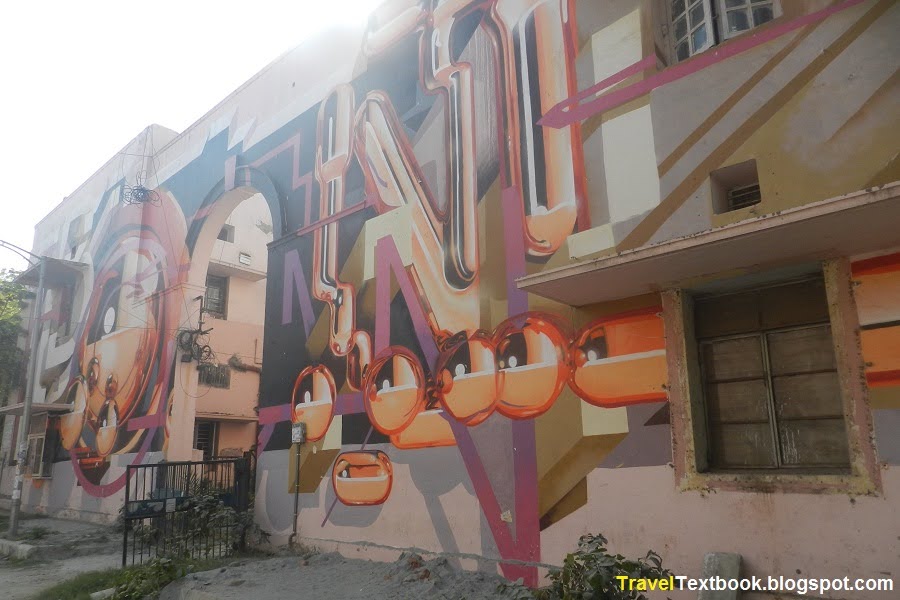



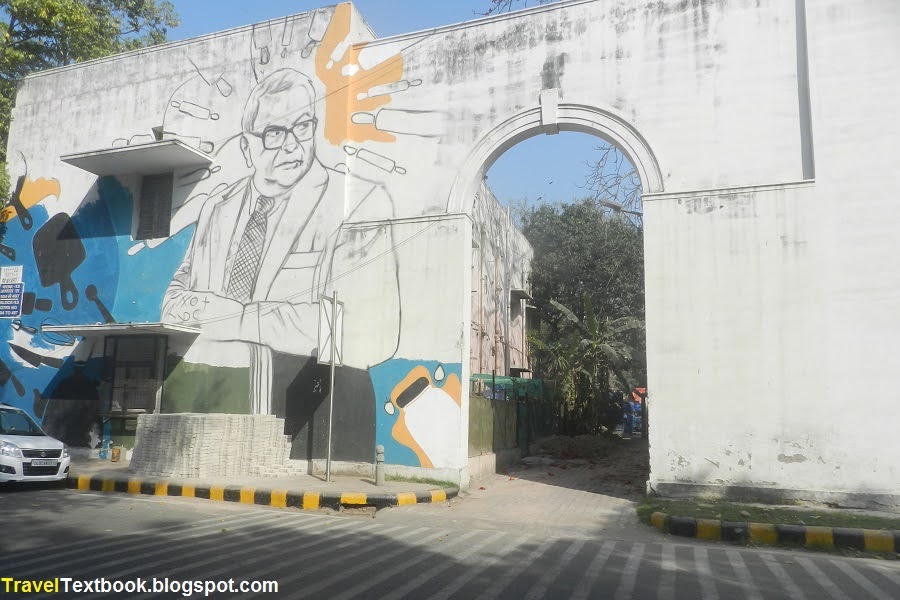
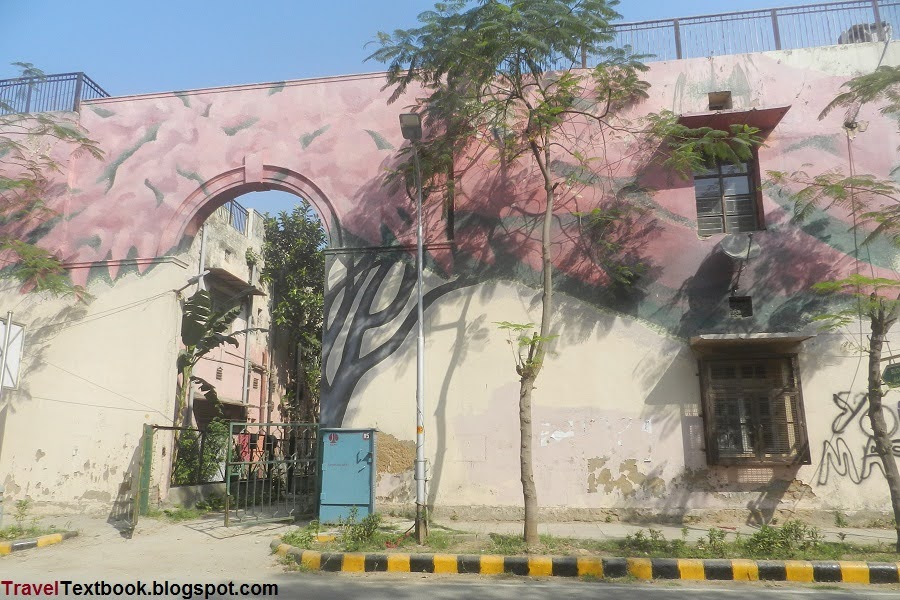
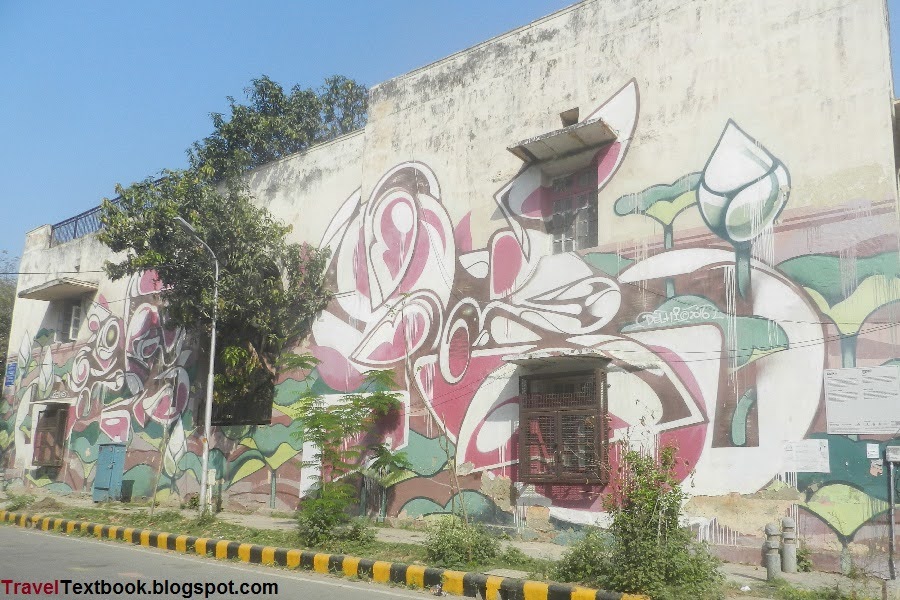

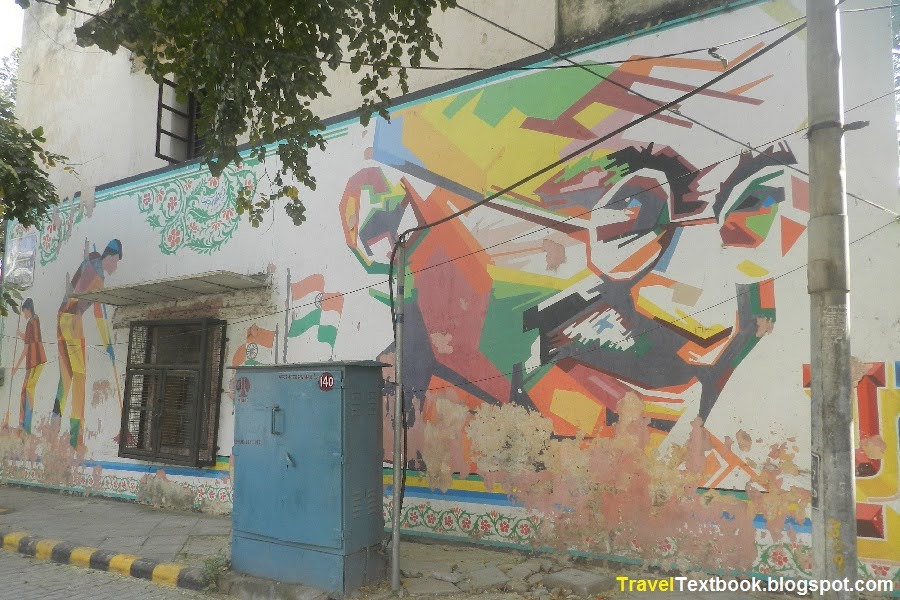

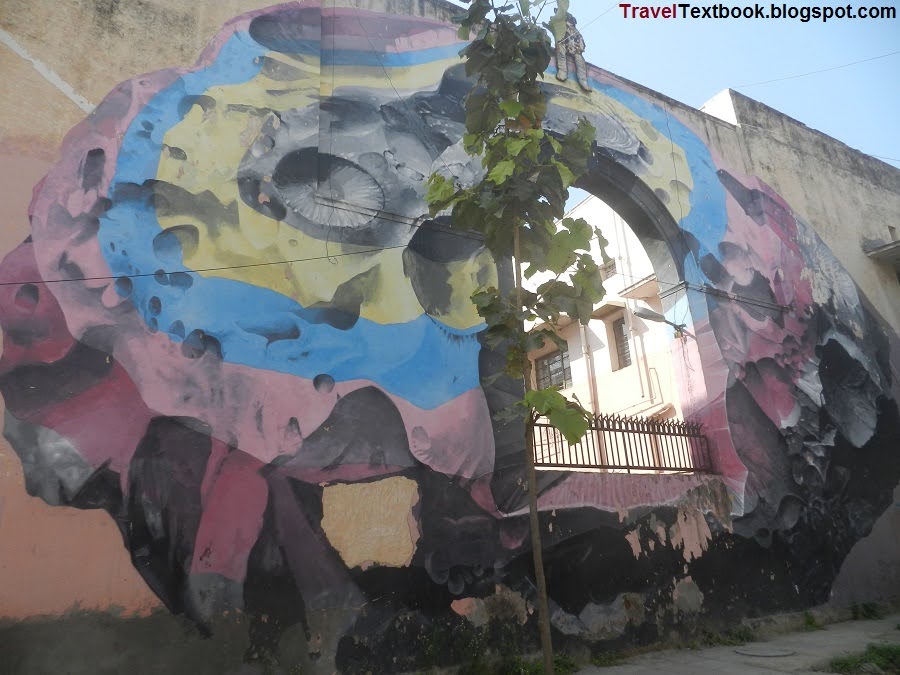




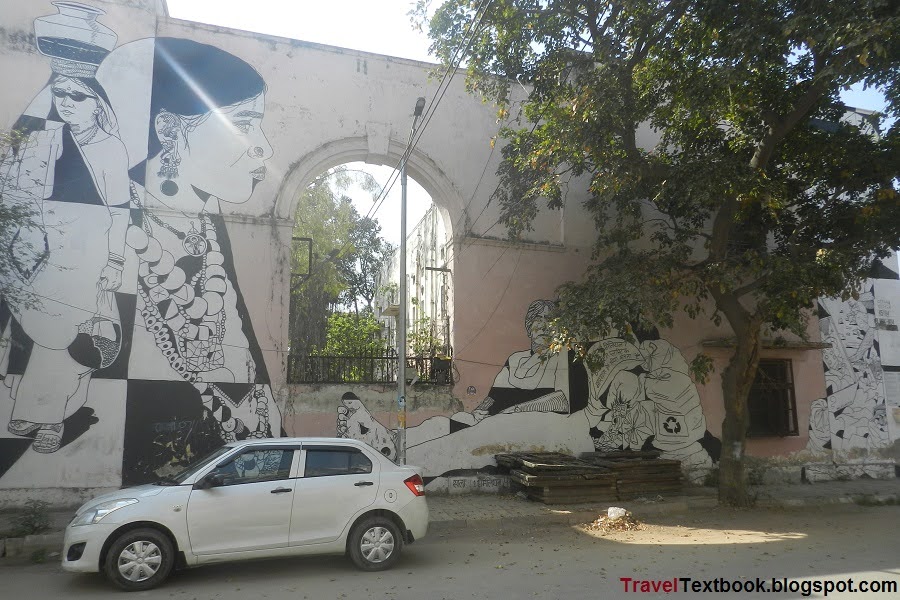


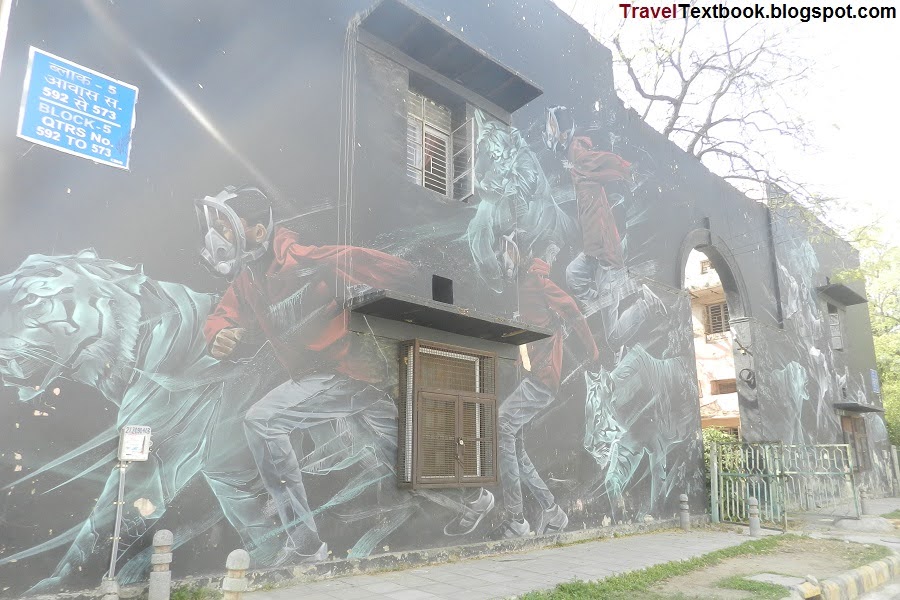
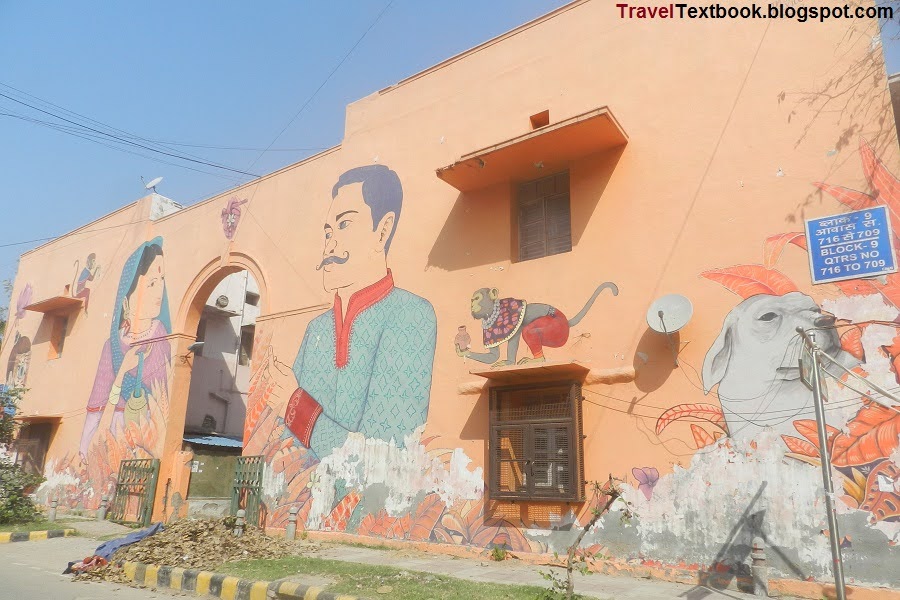
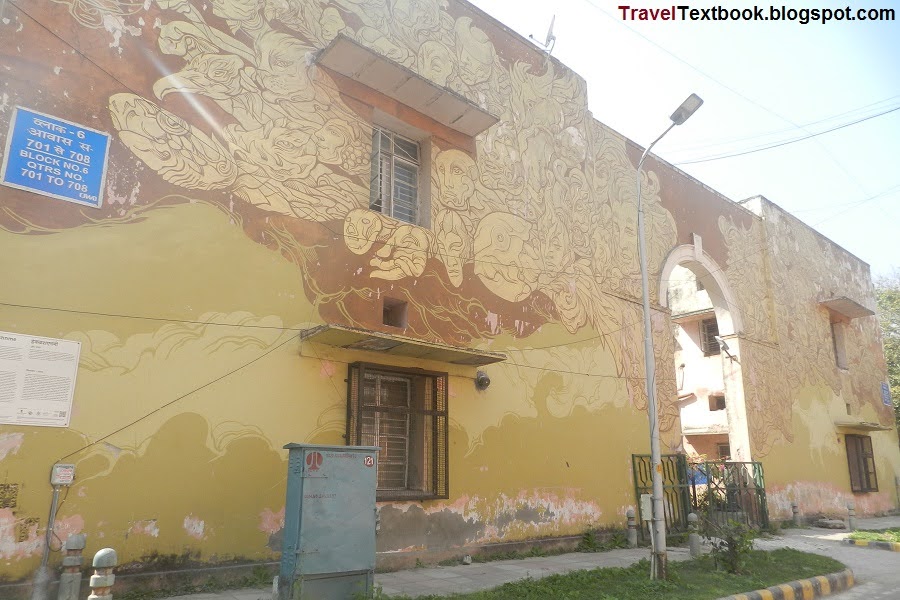

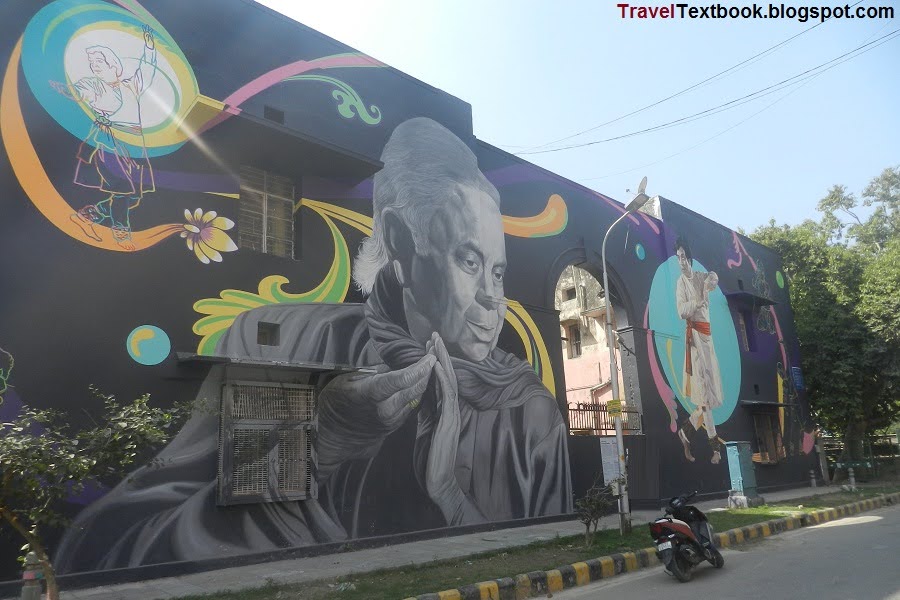
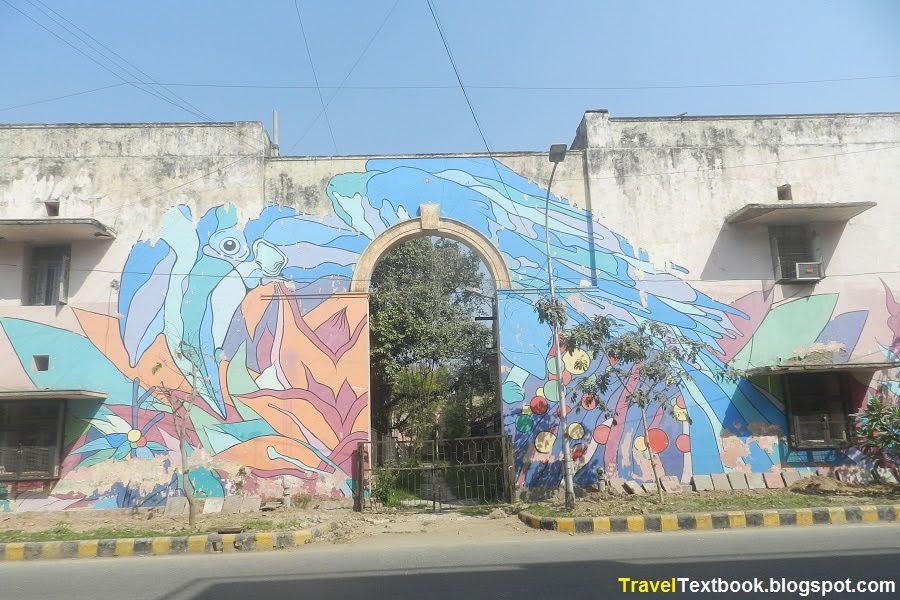
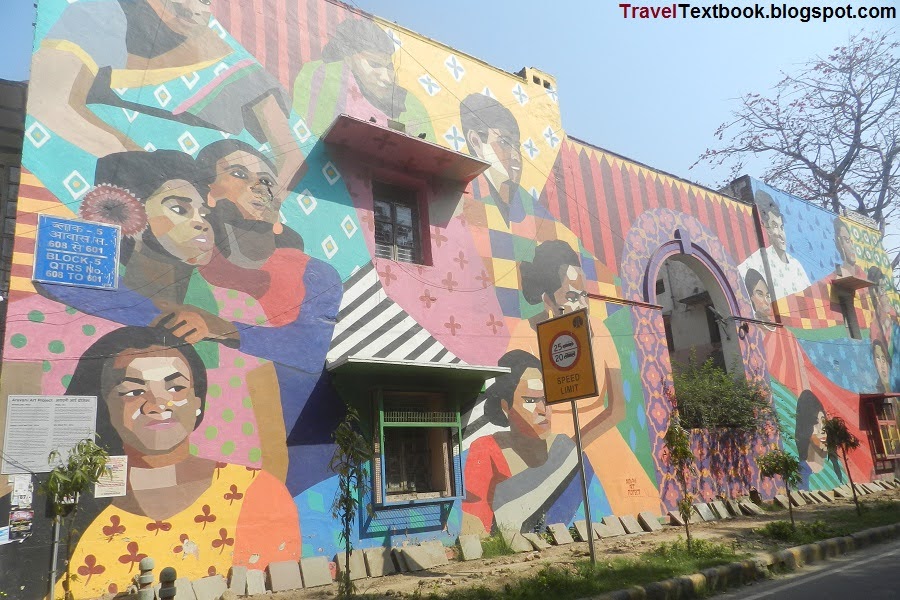

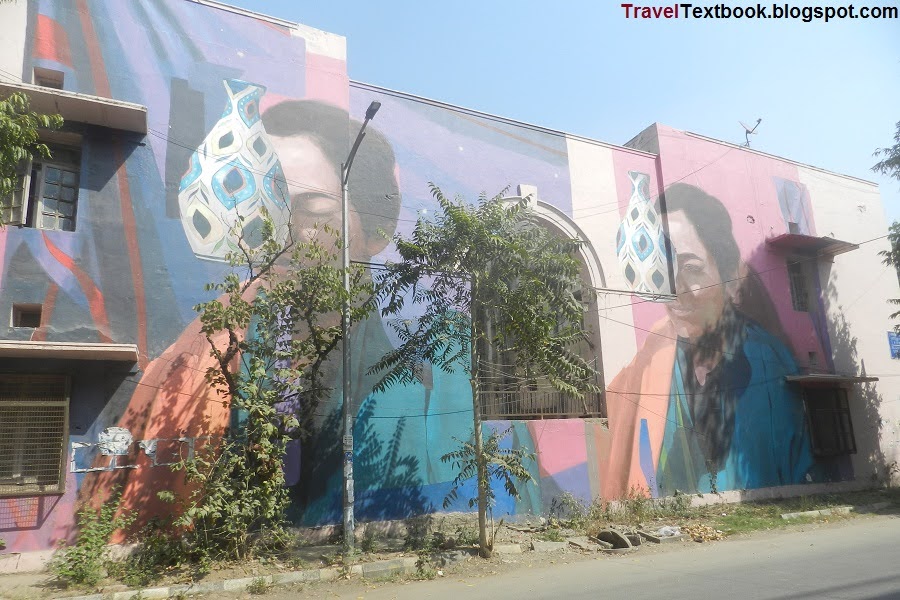
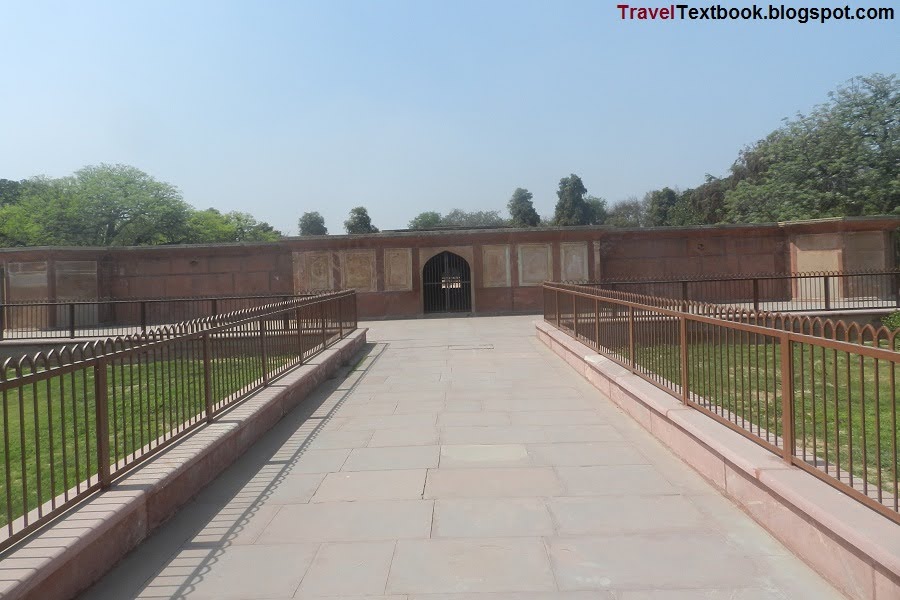

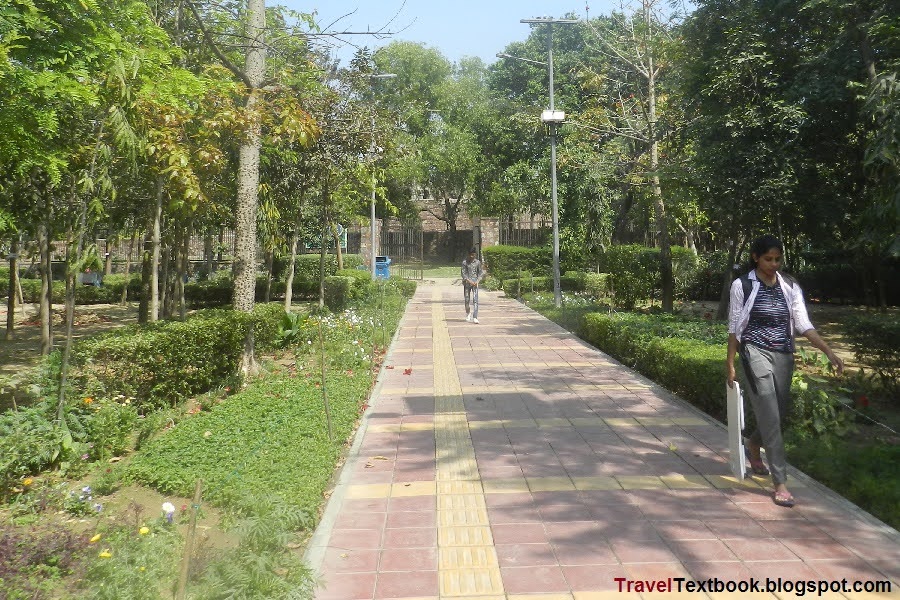



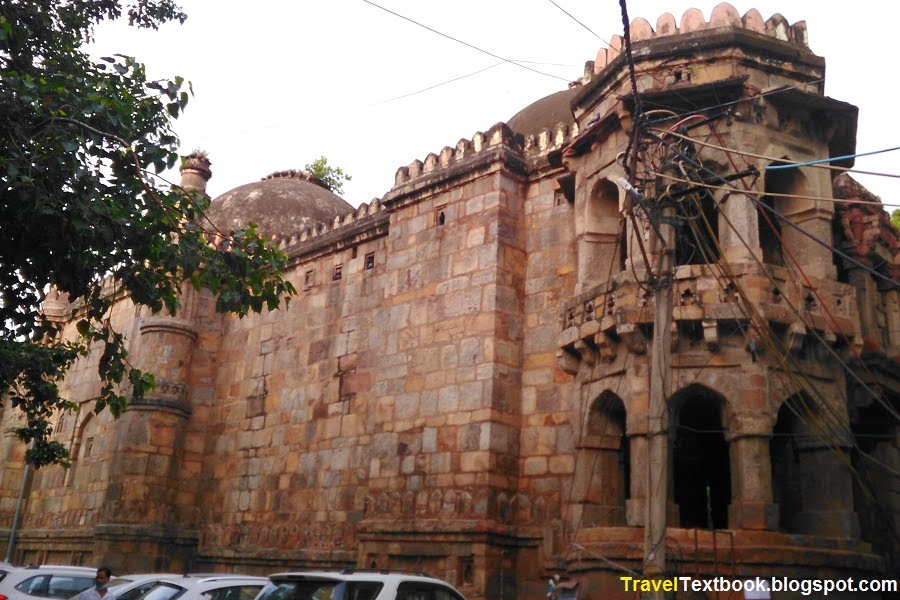

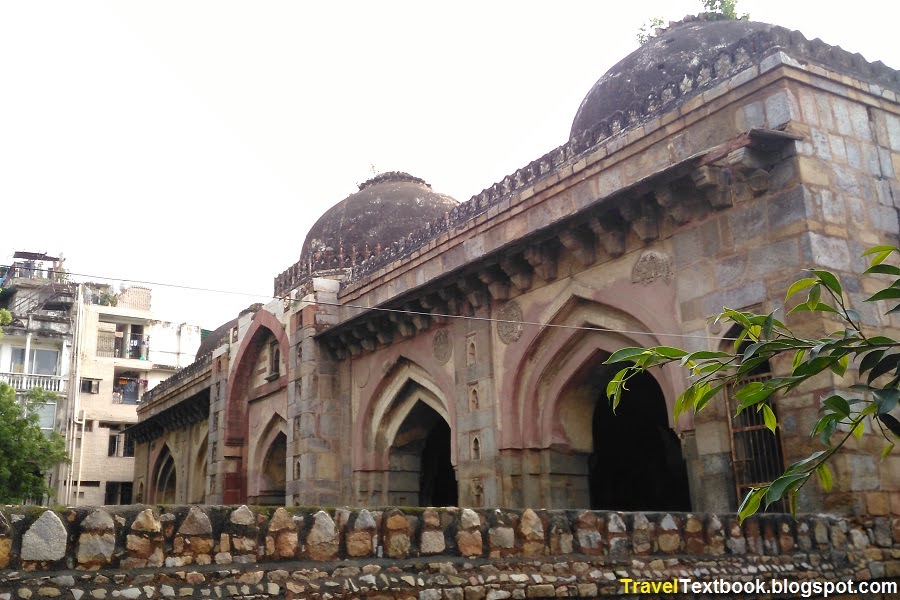
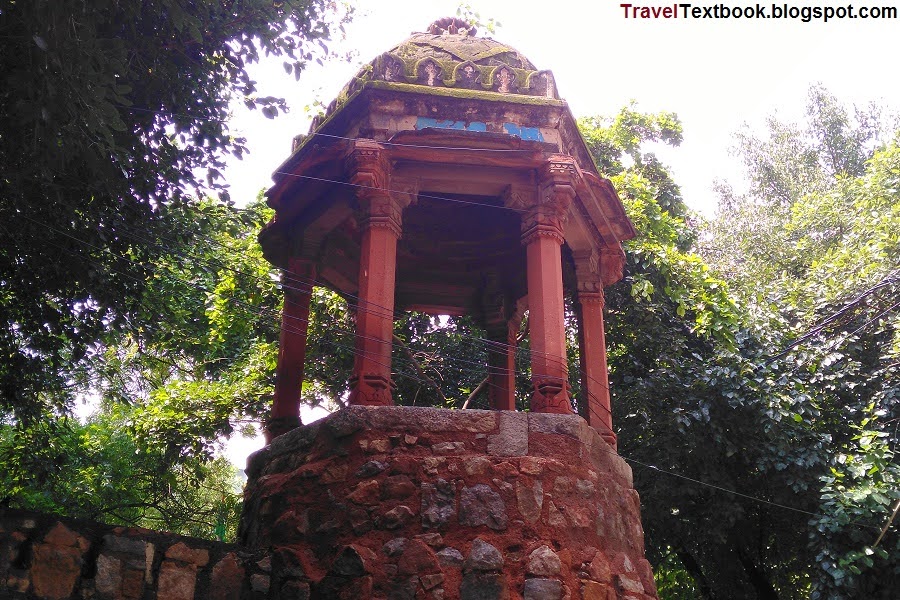






No comments:
Post a Comment